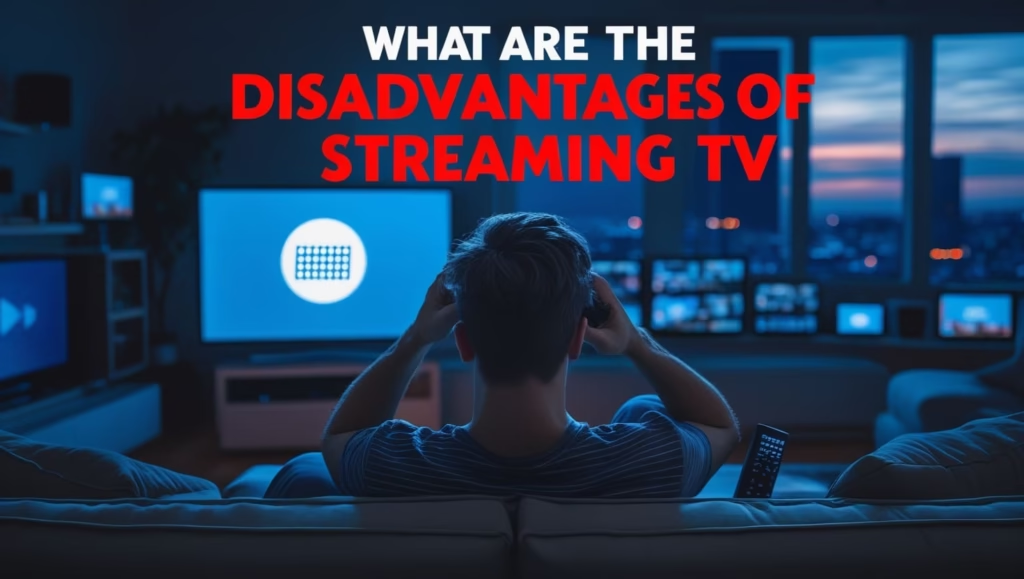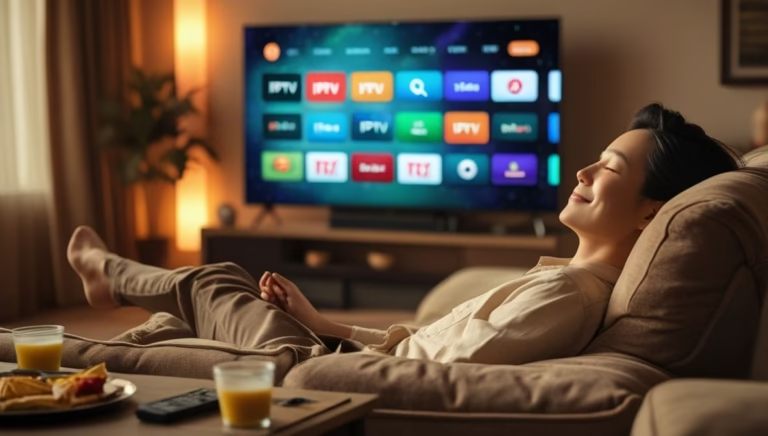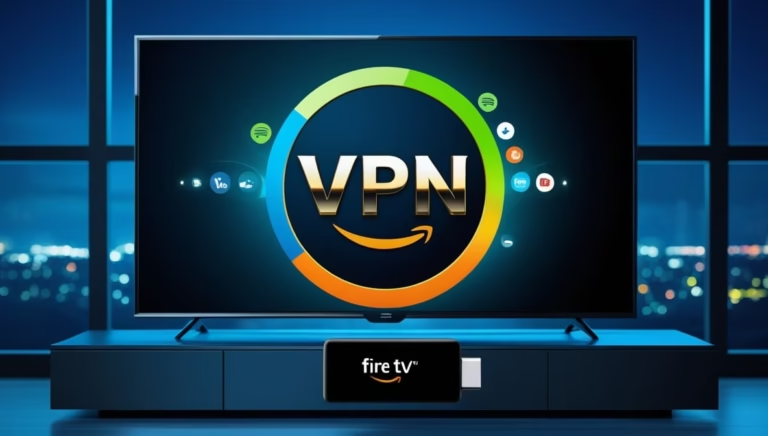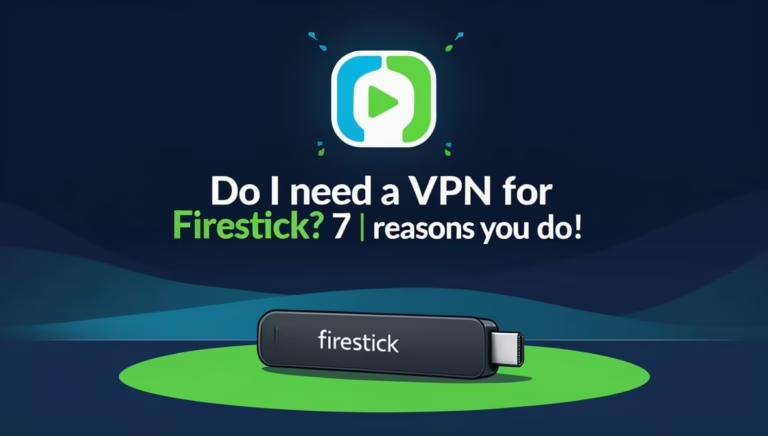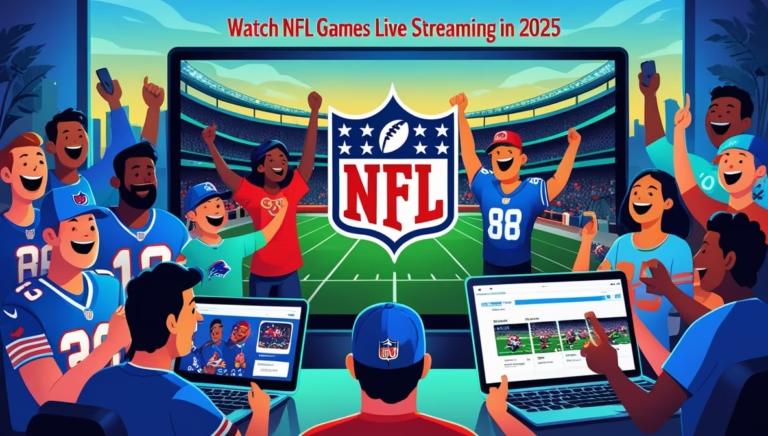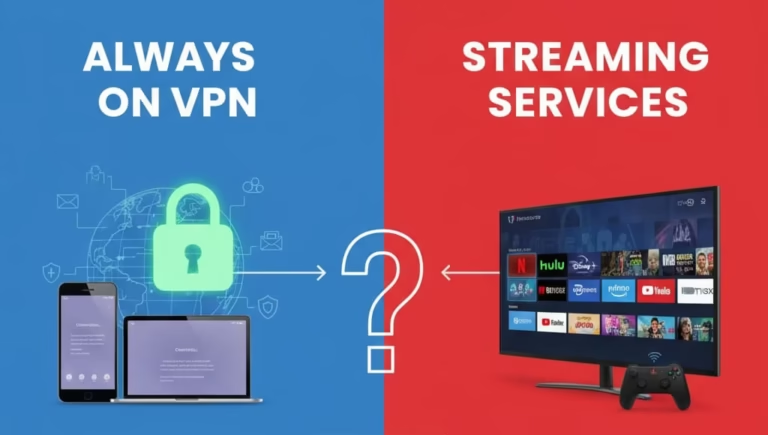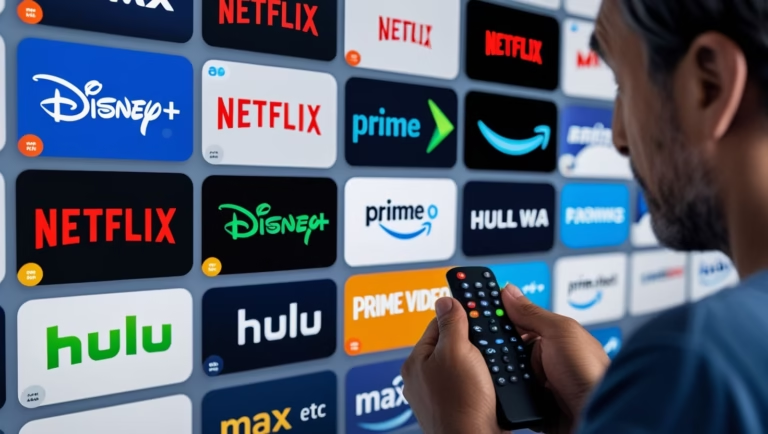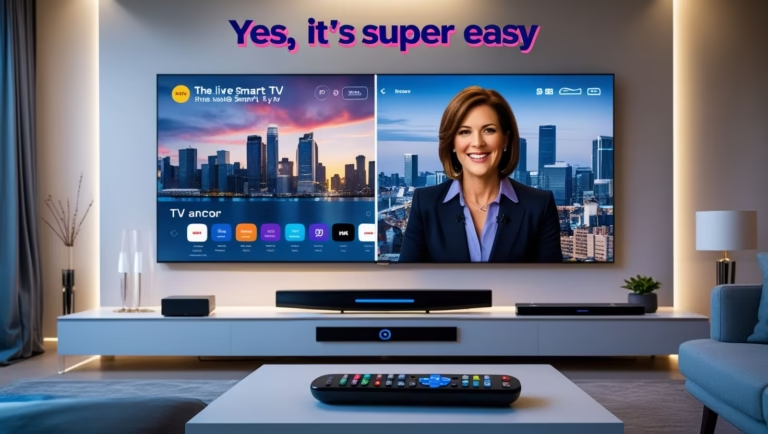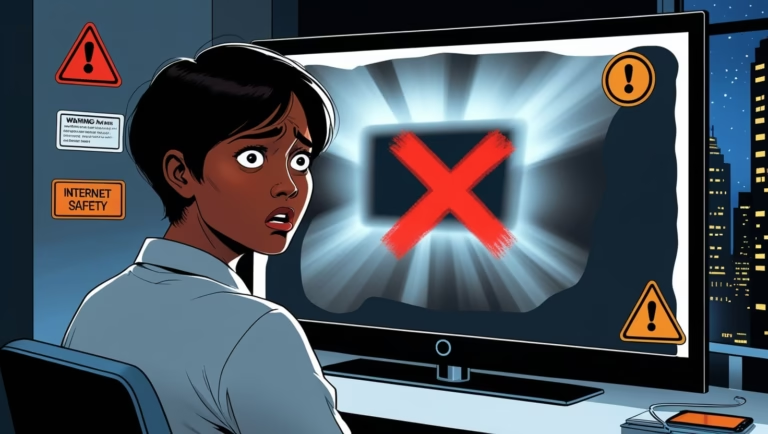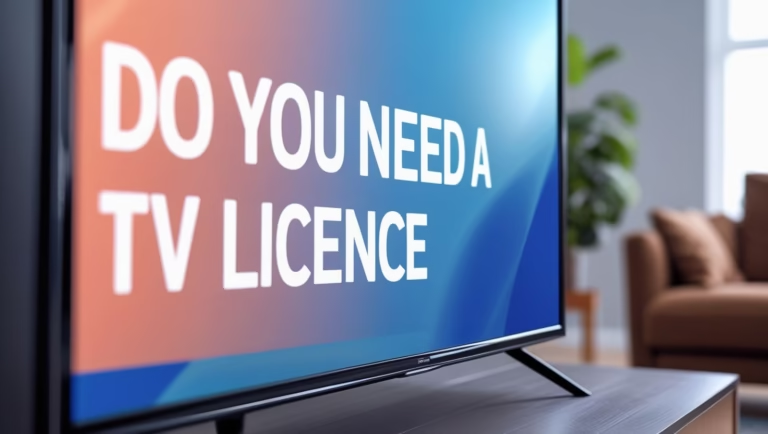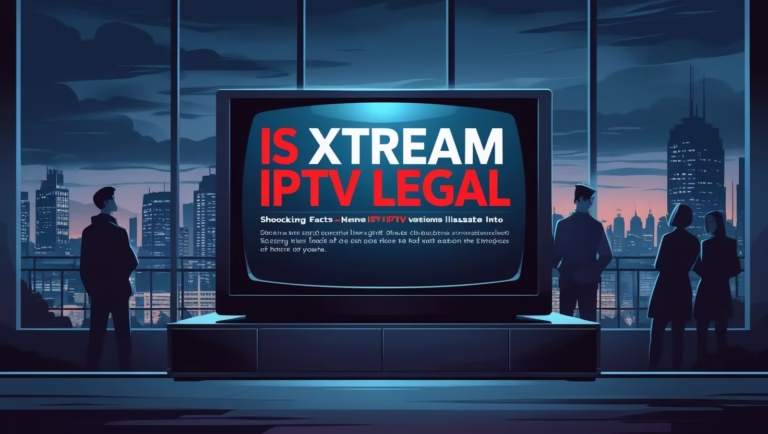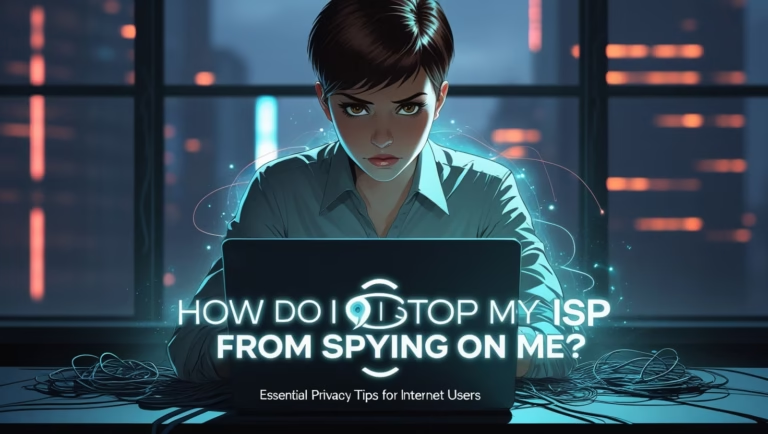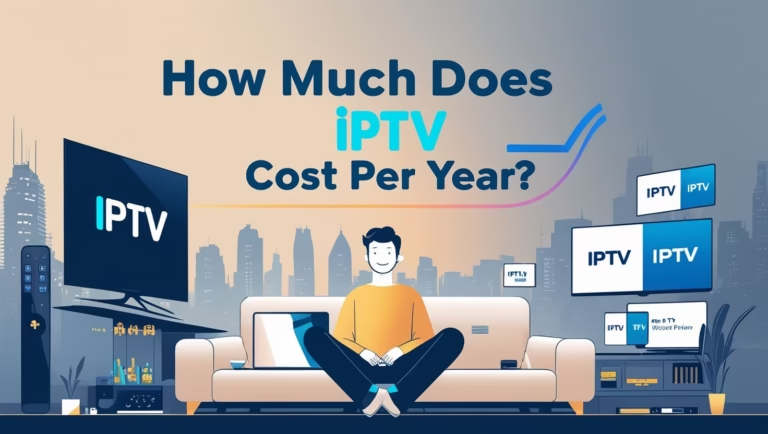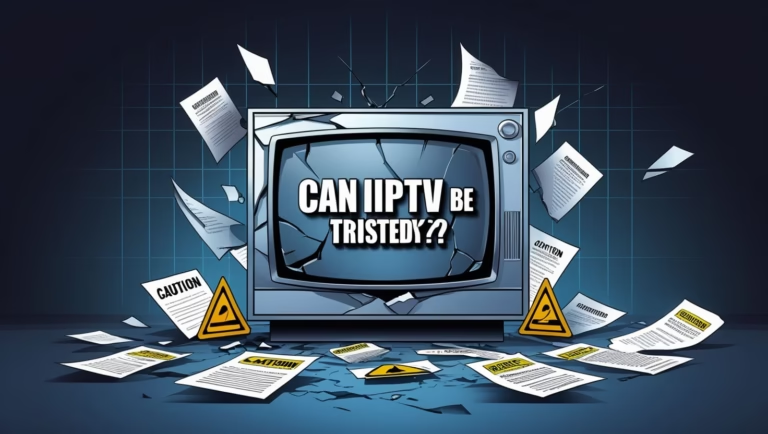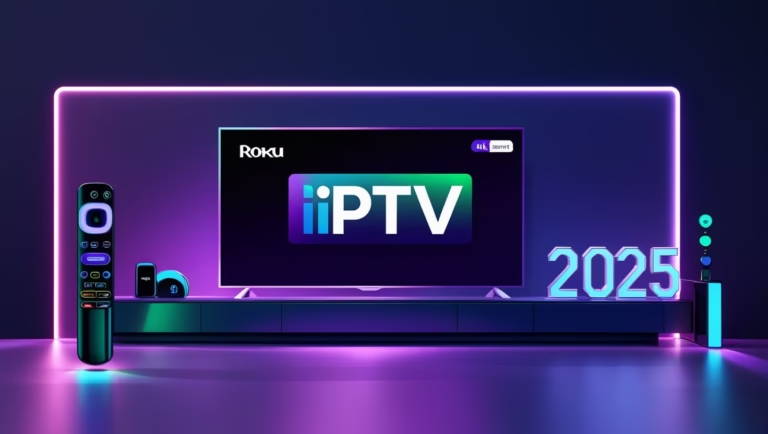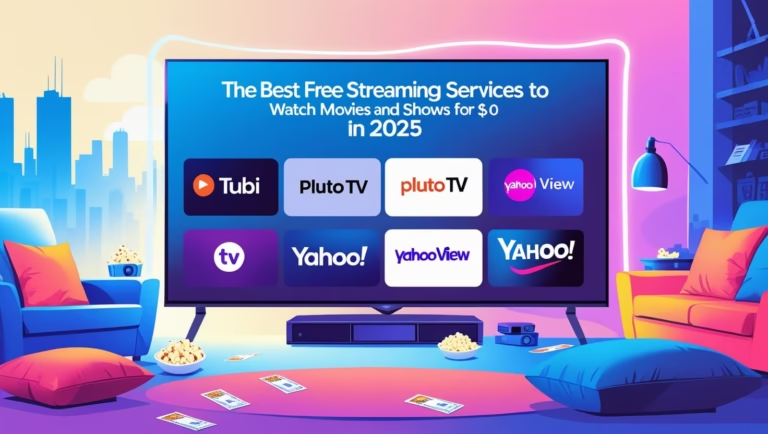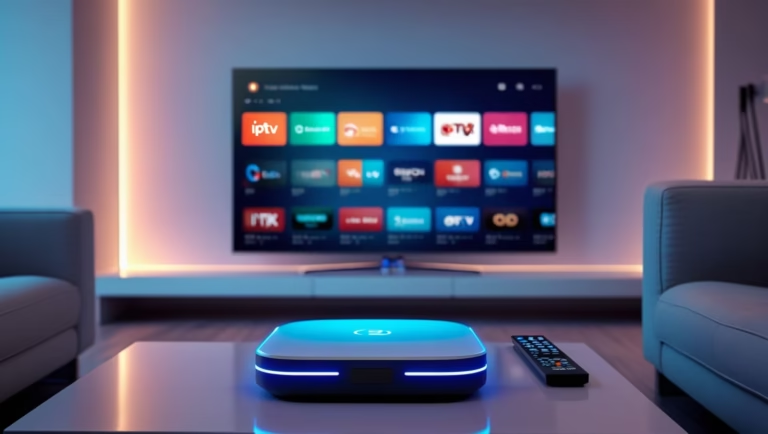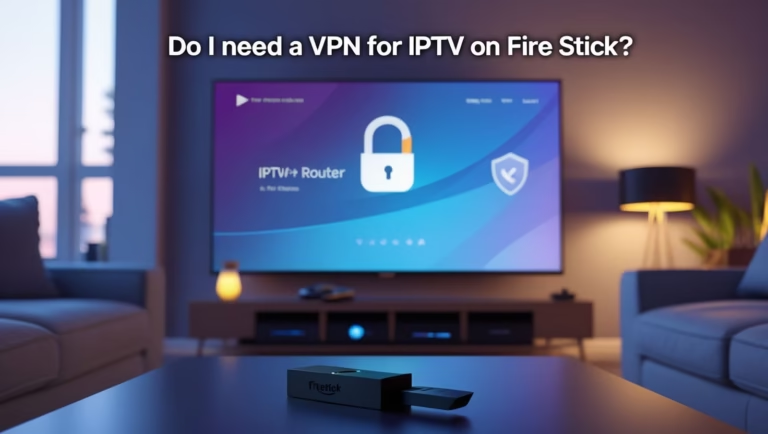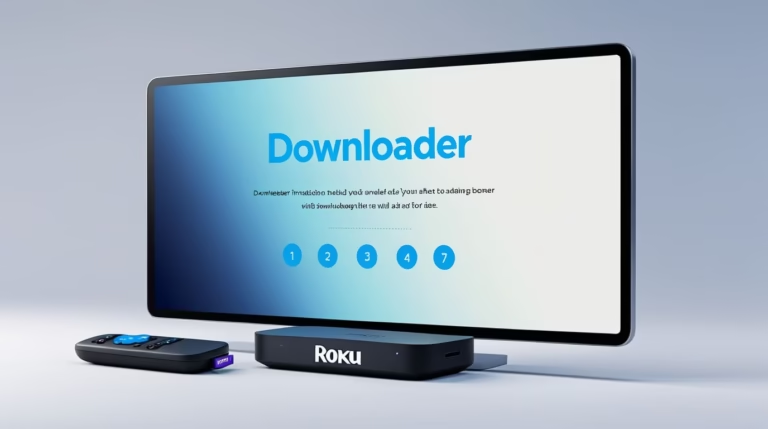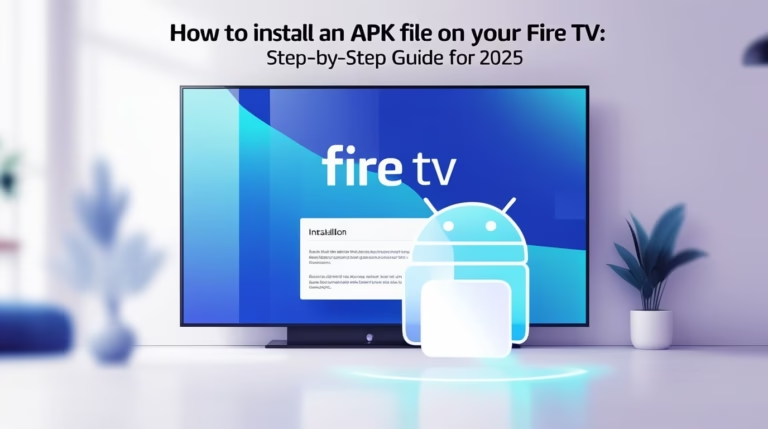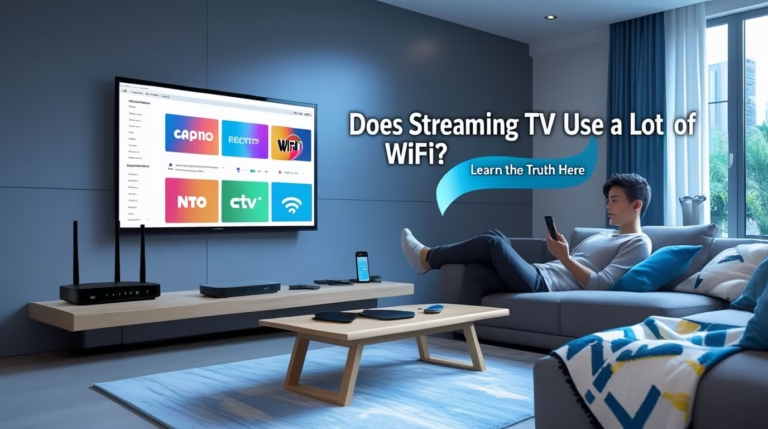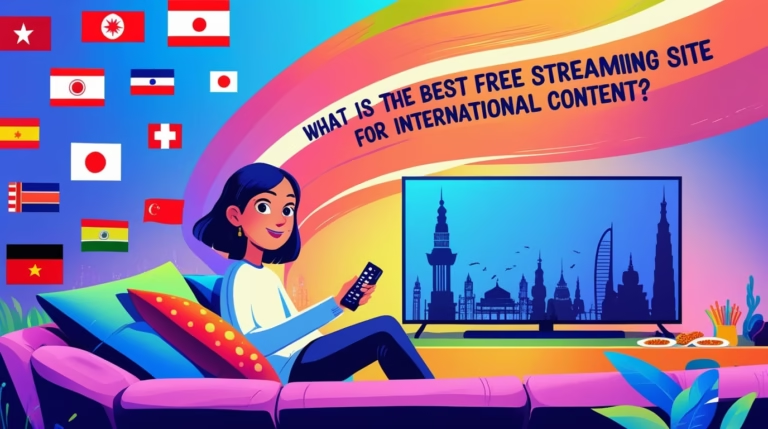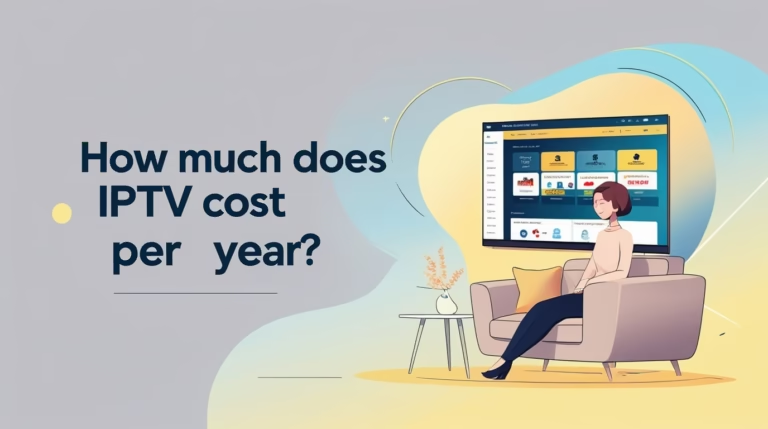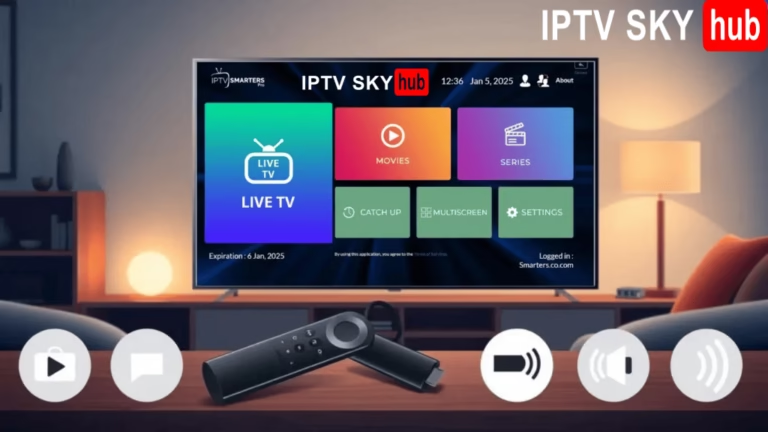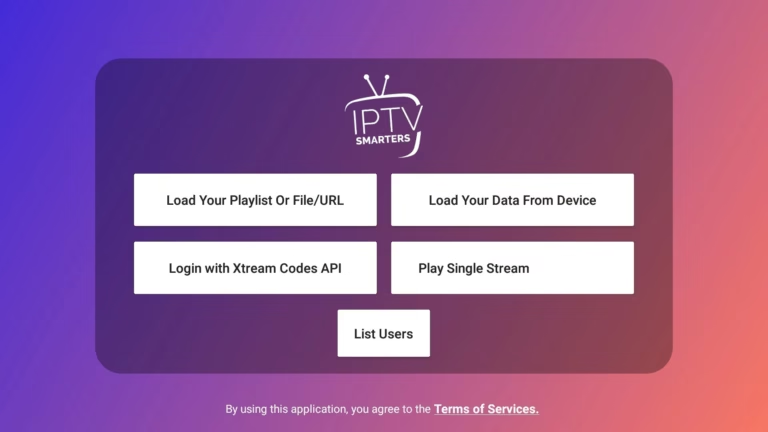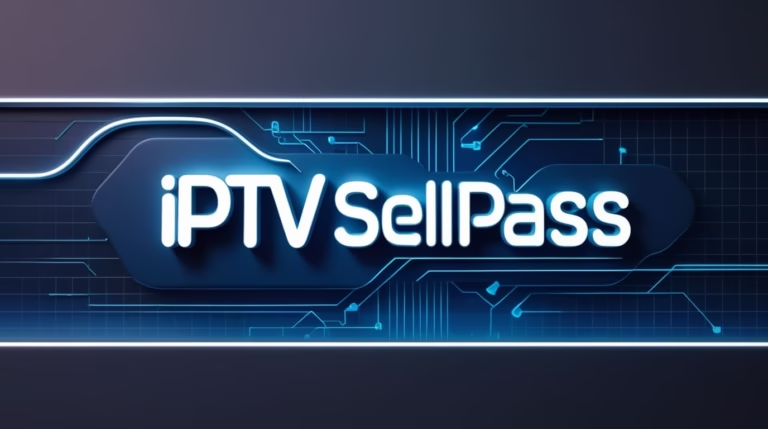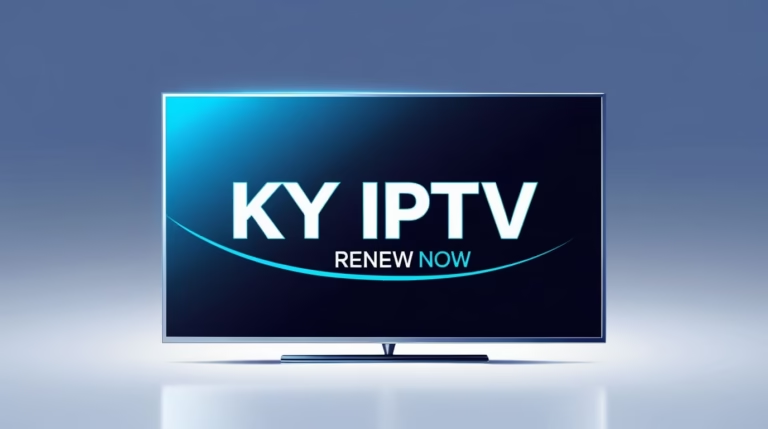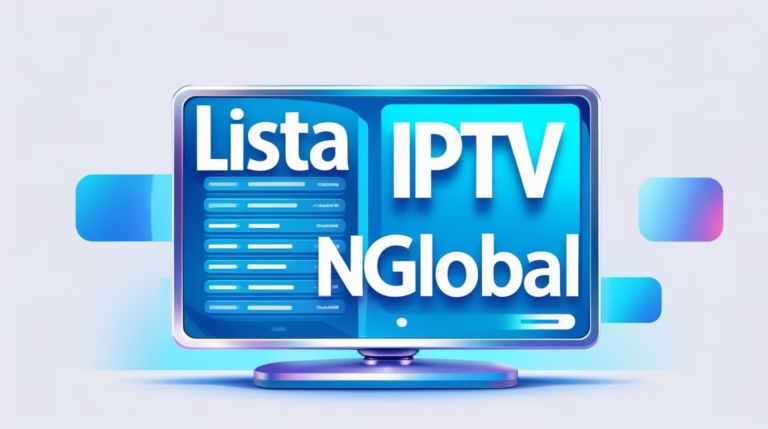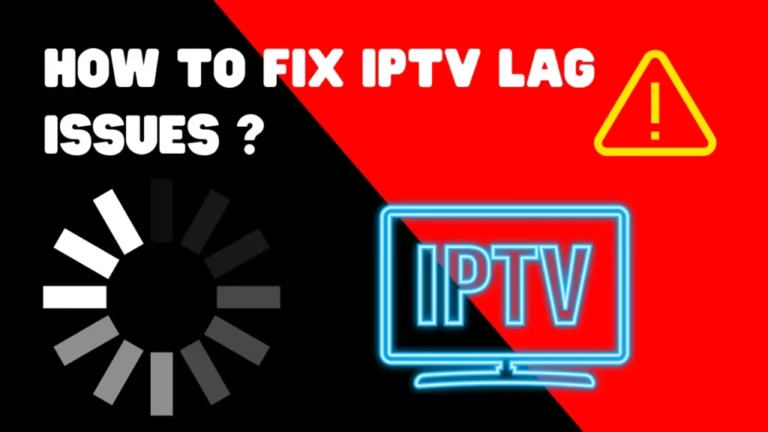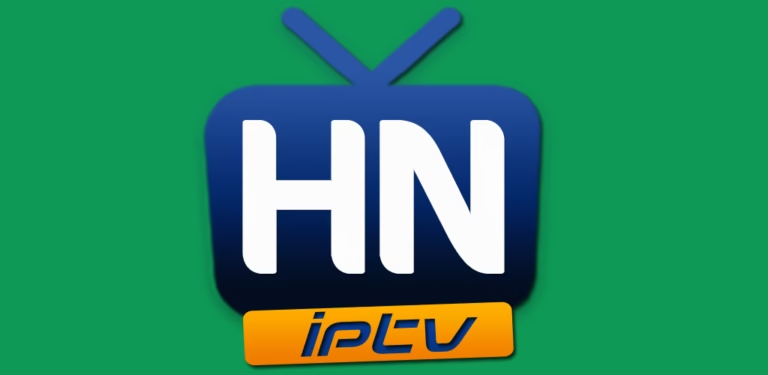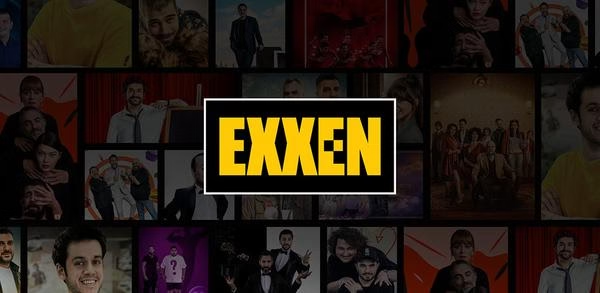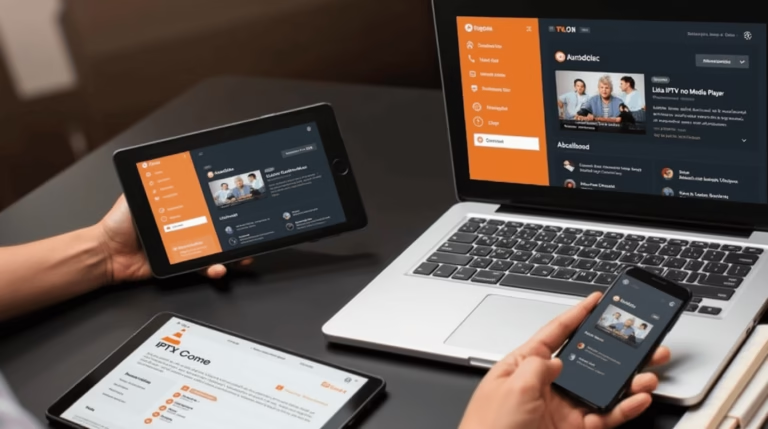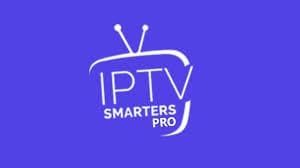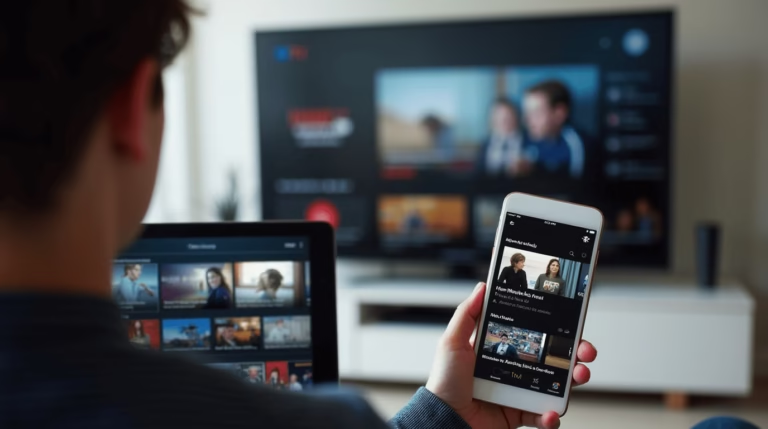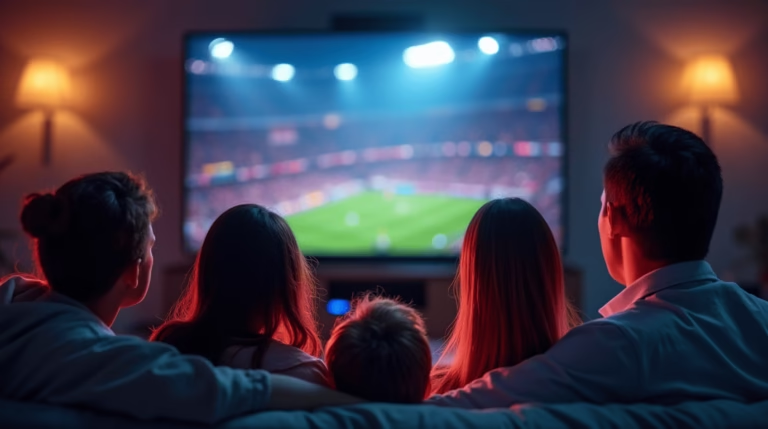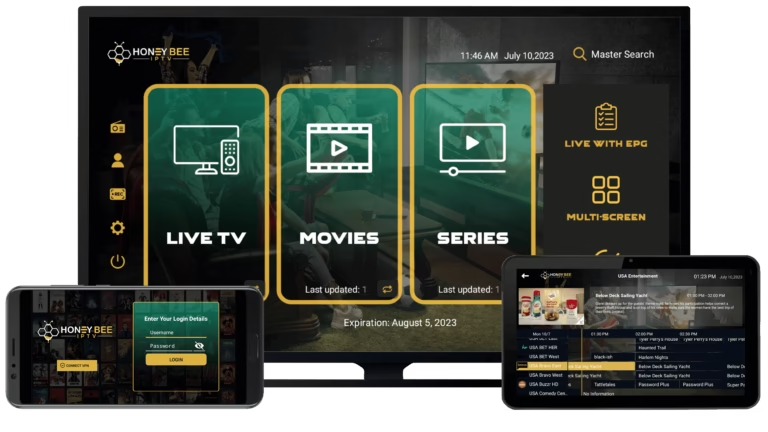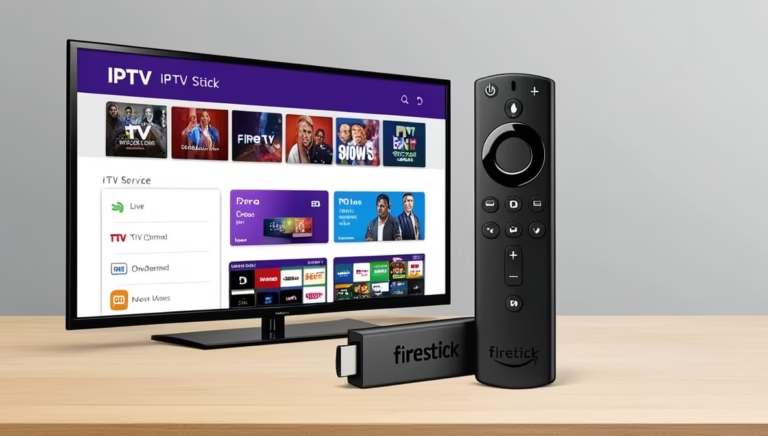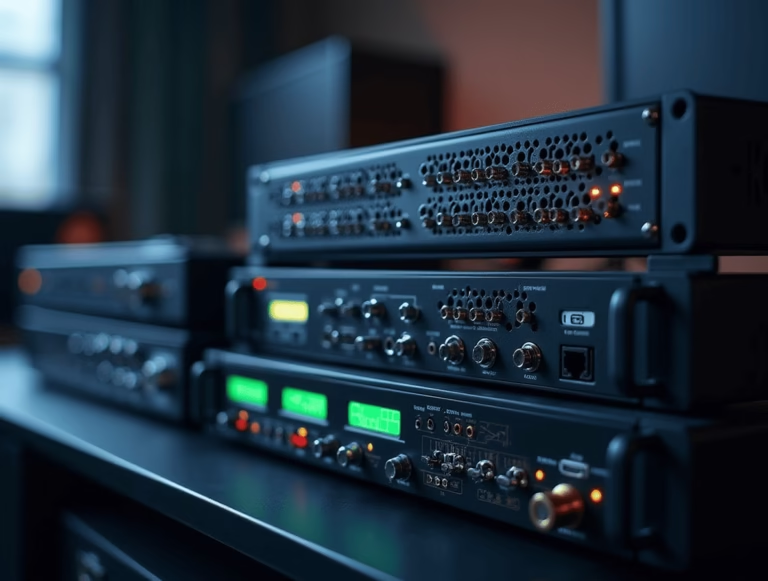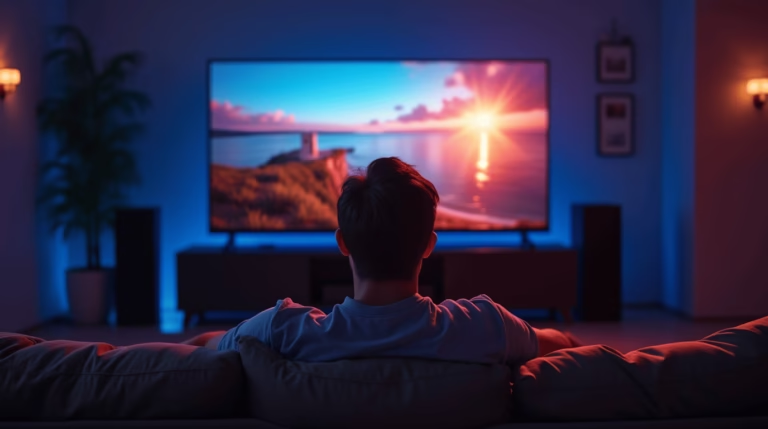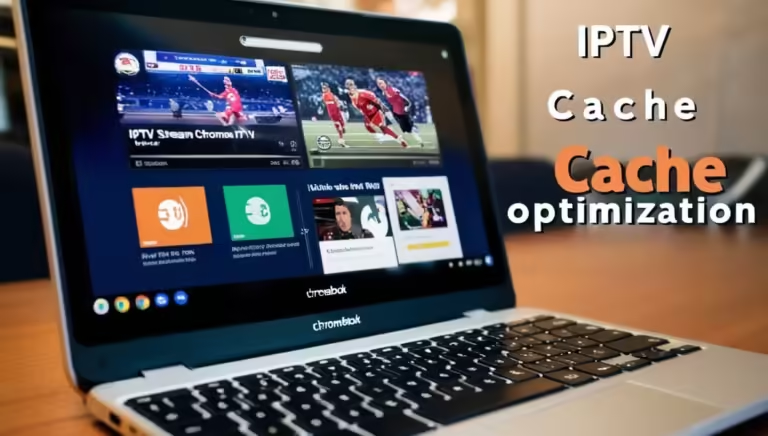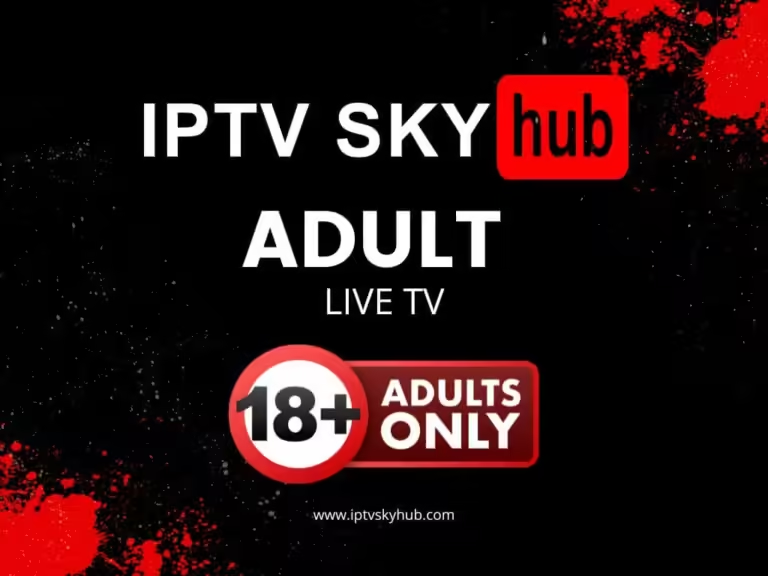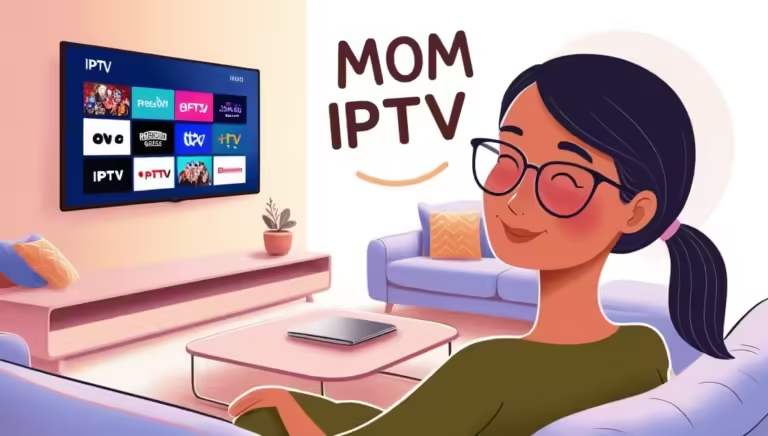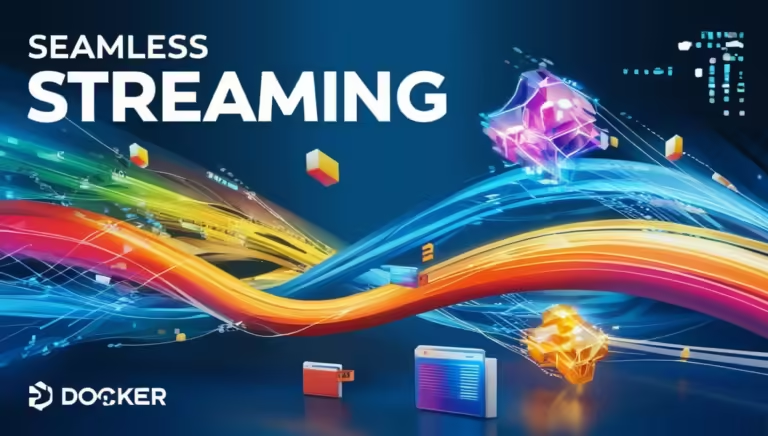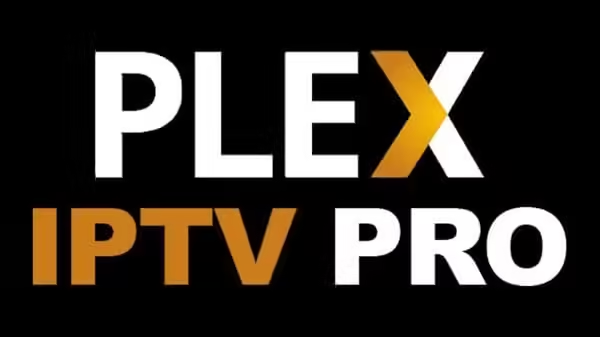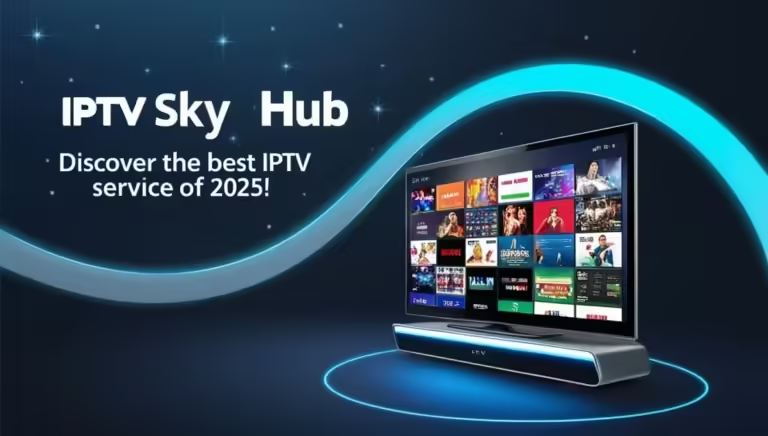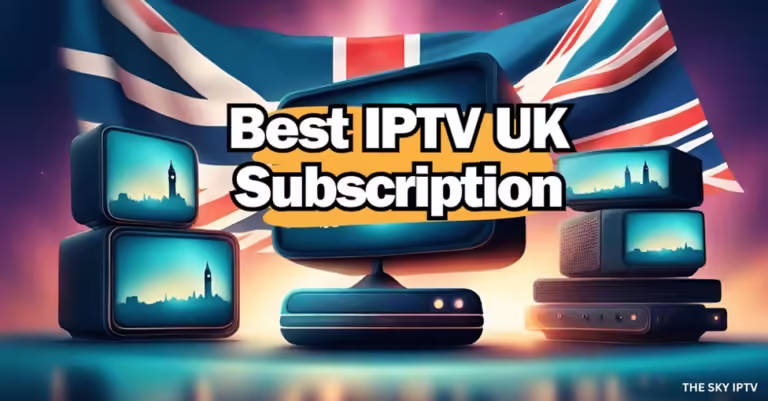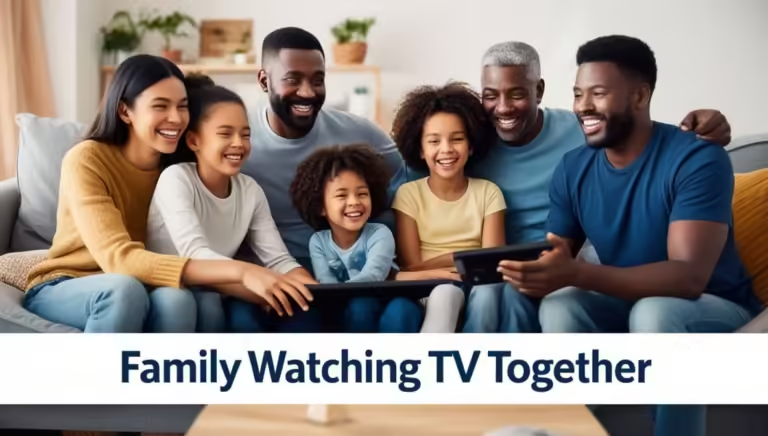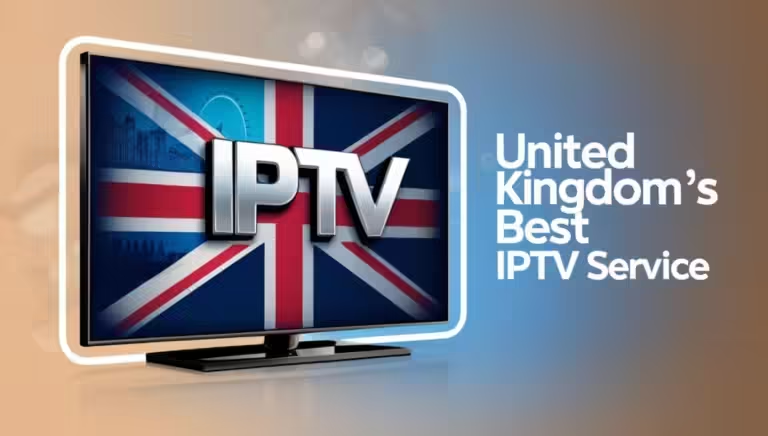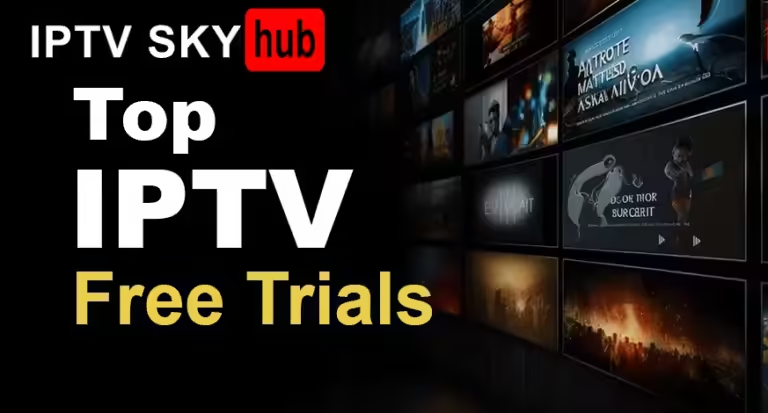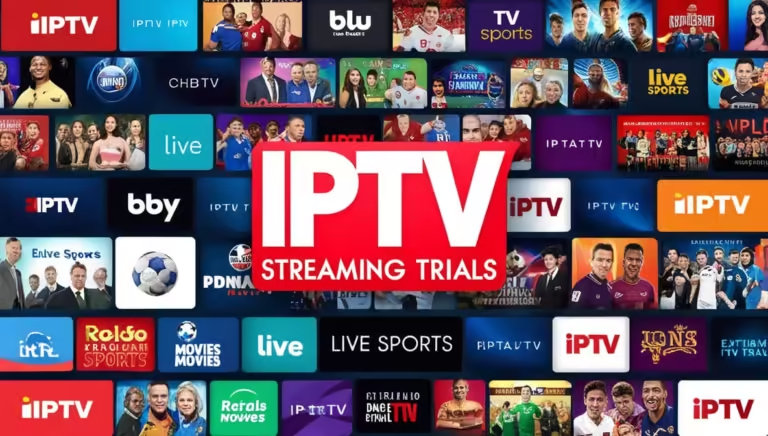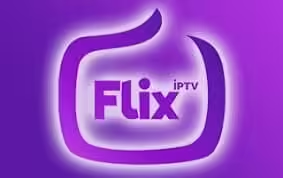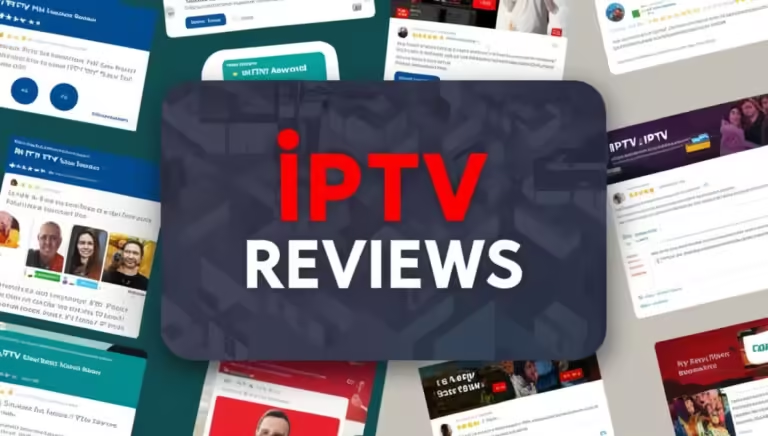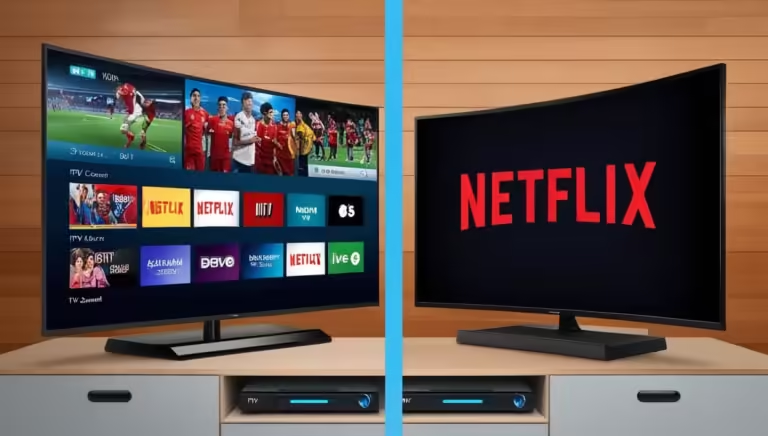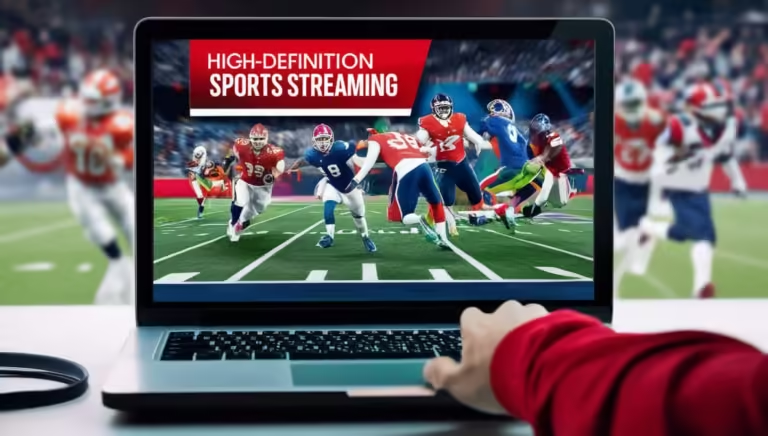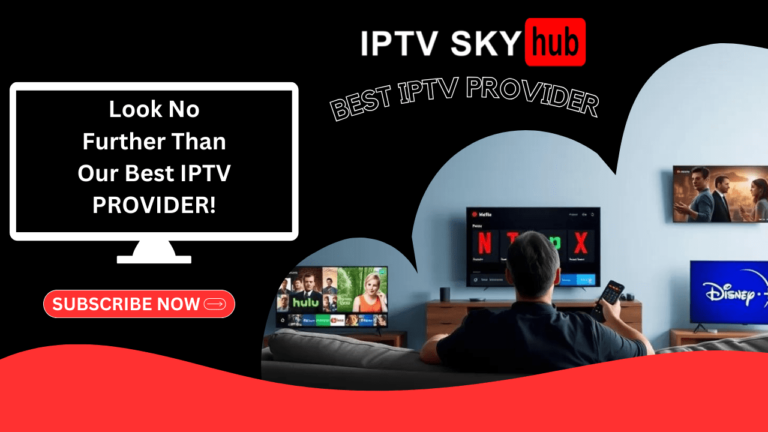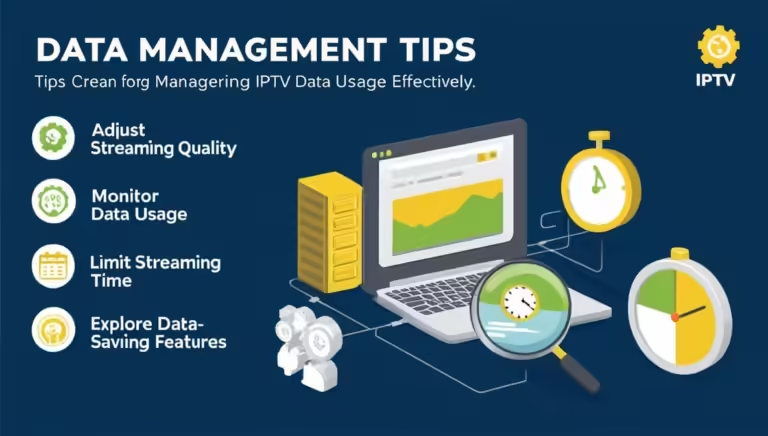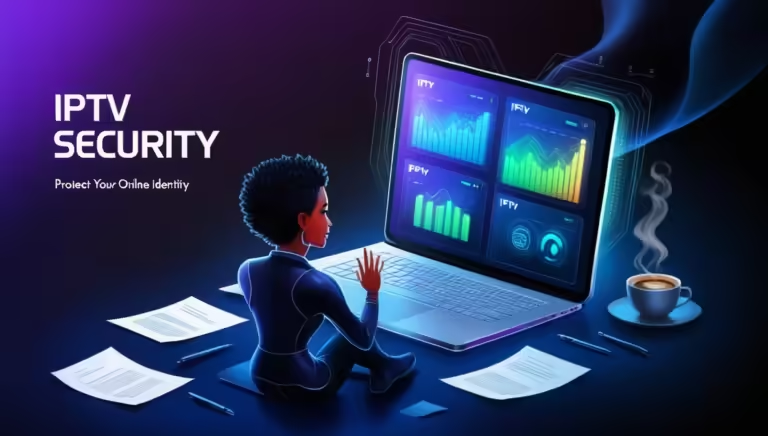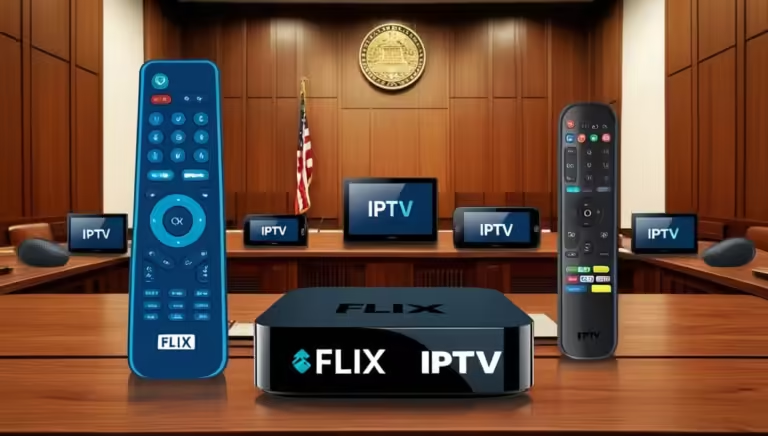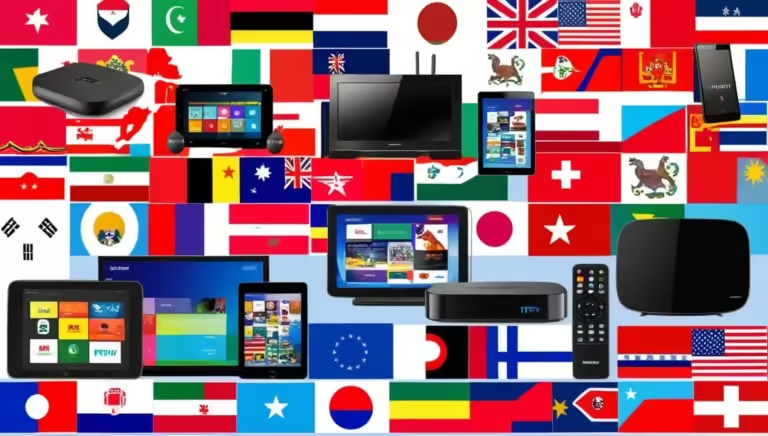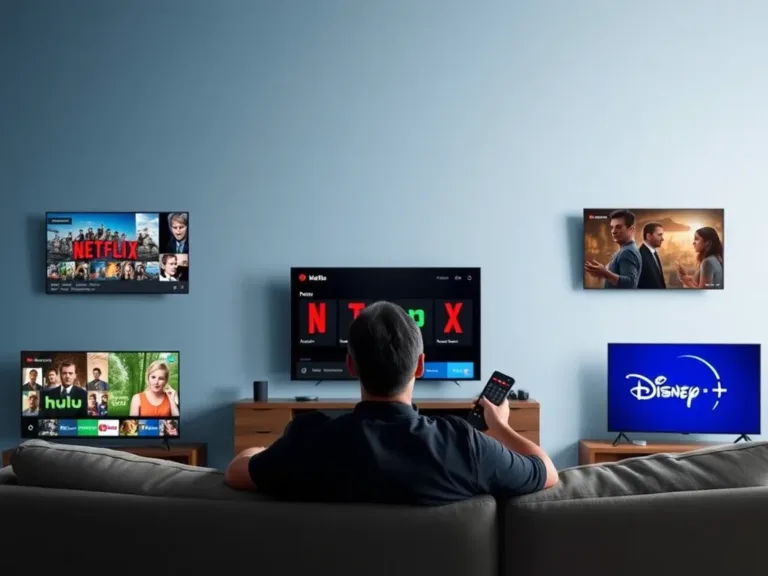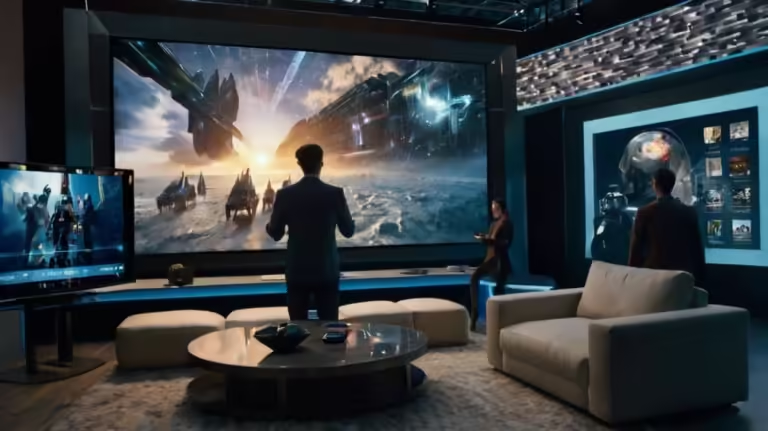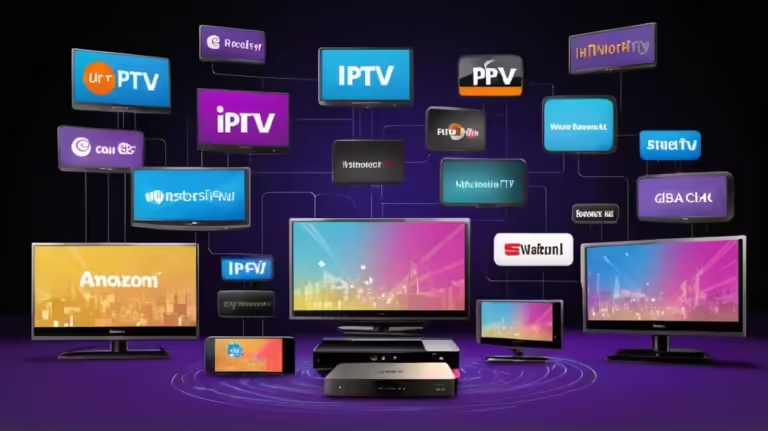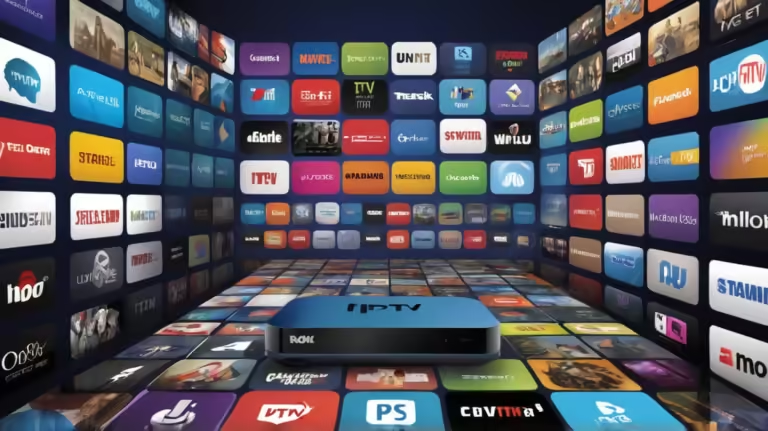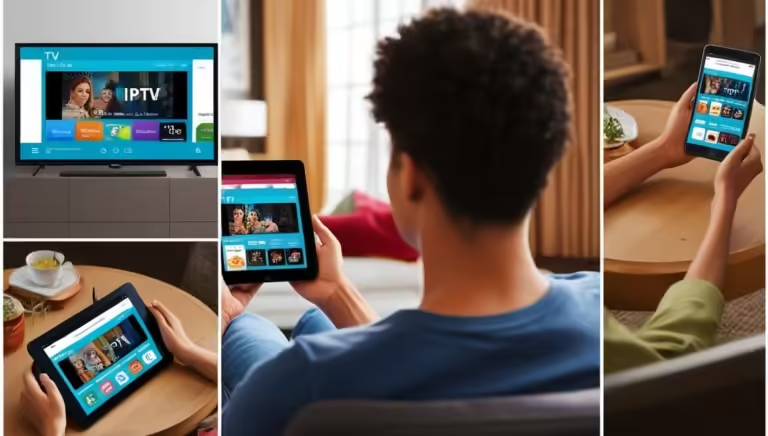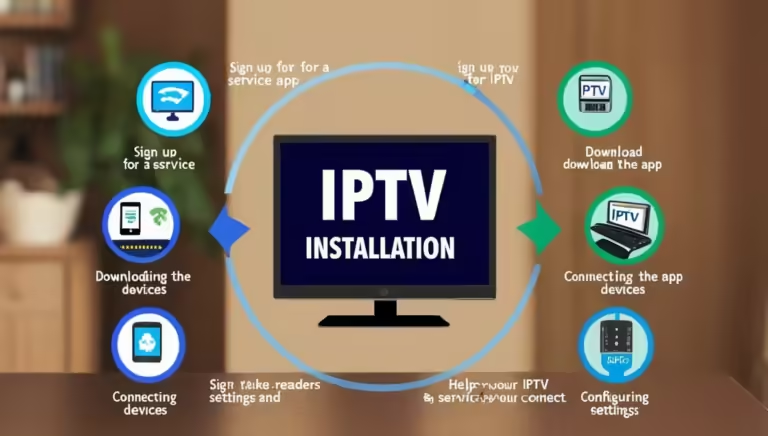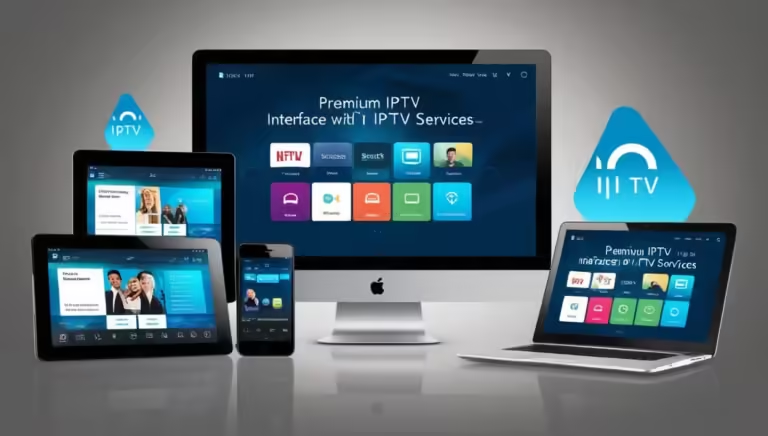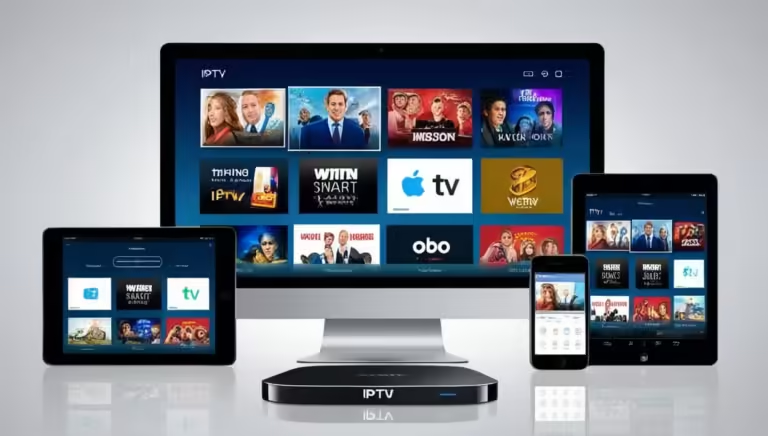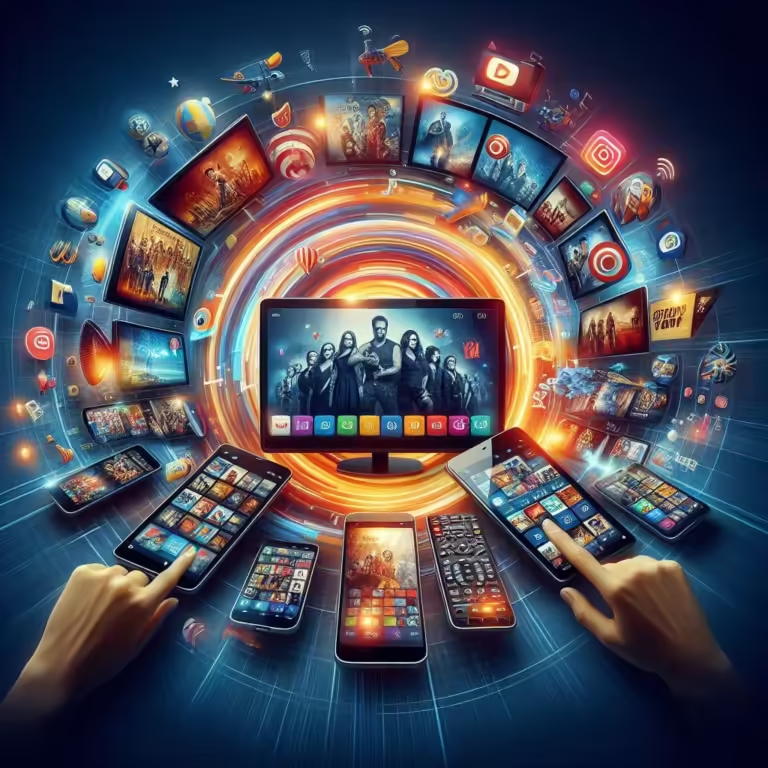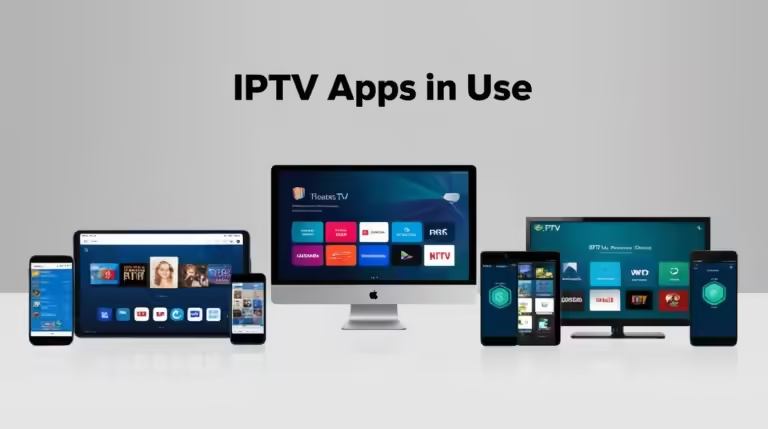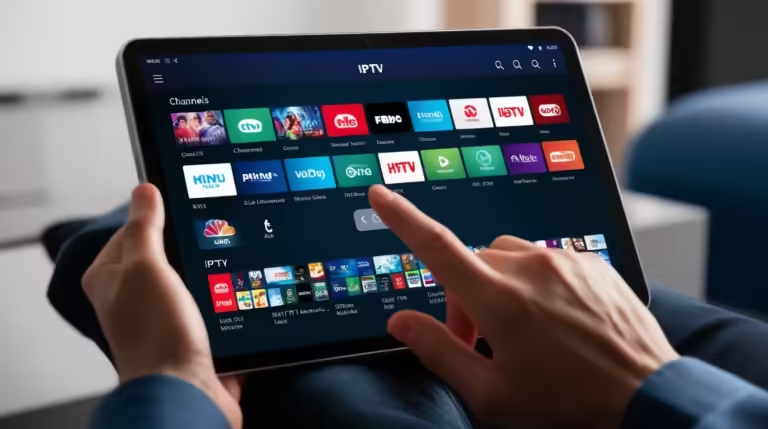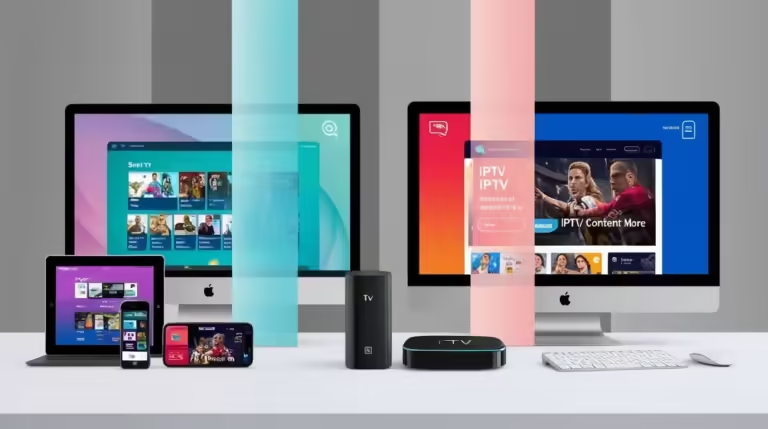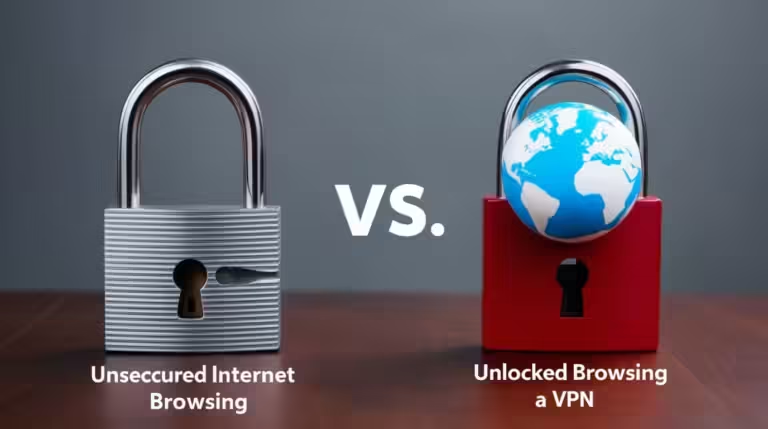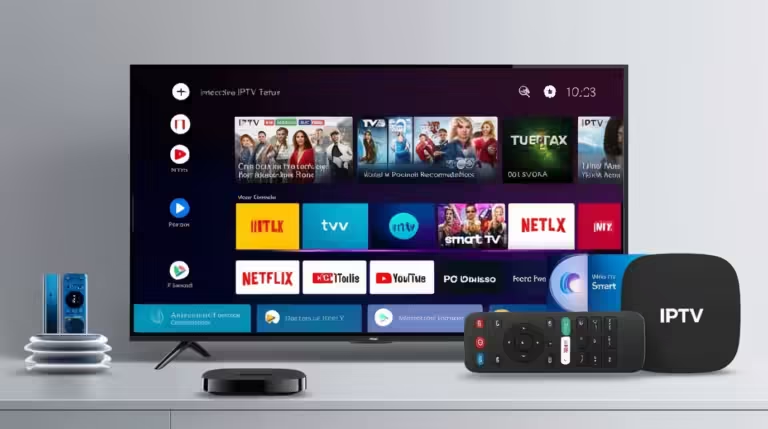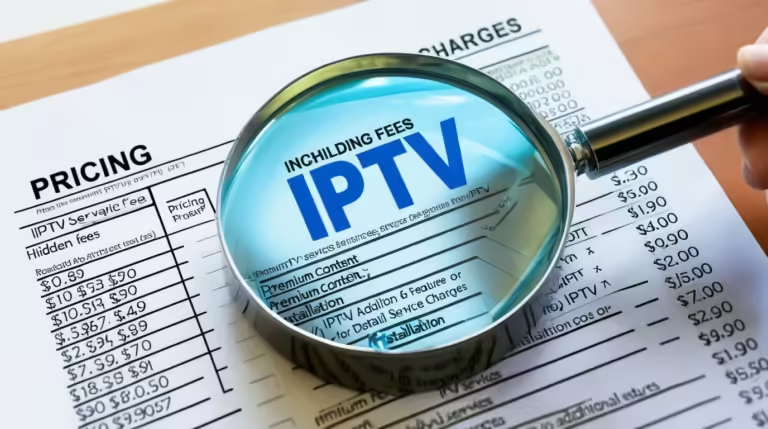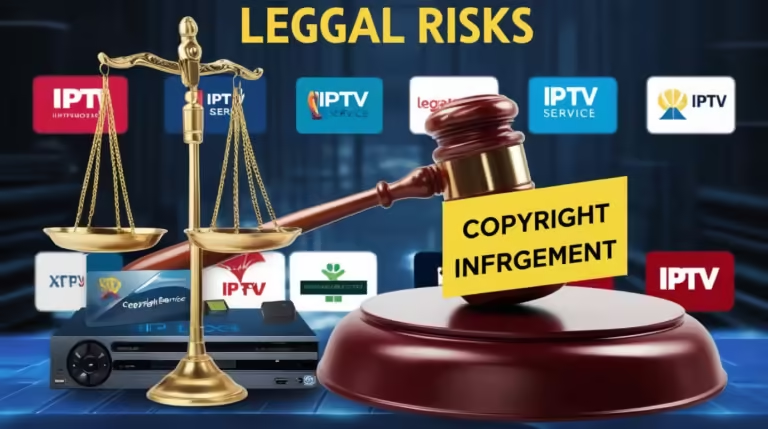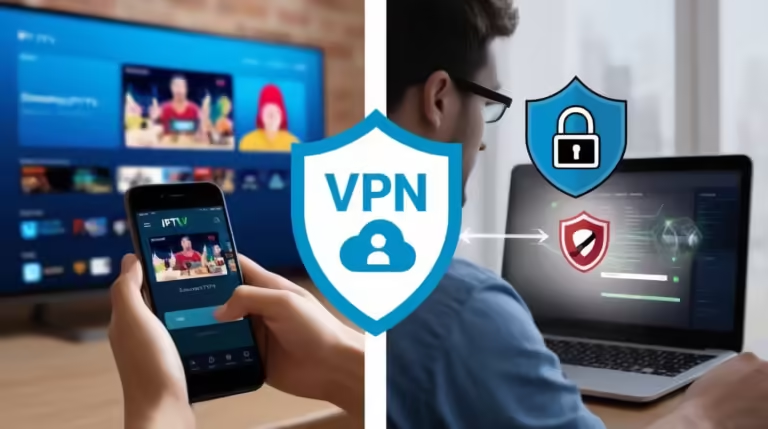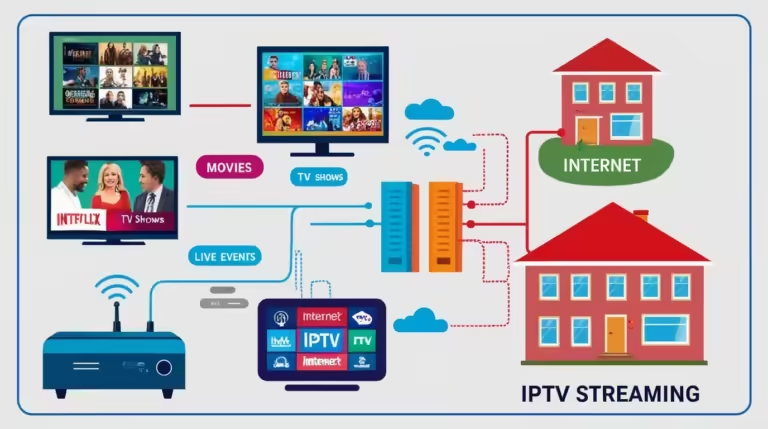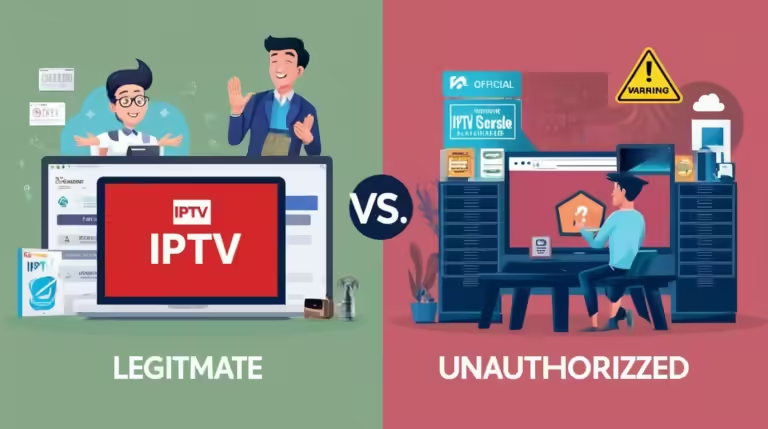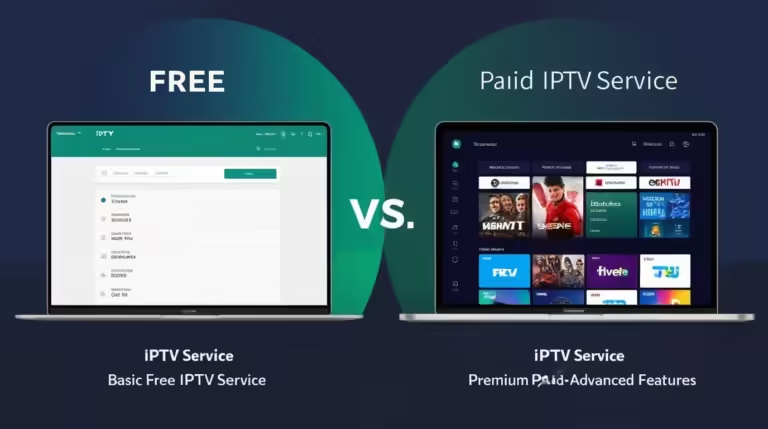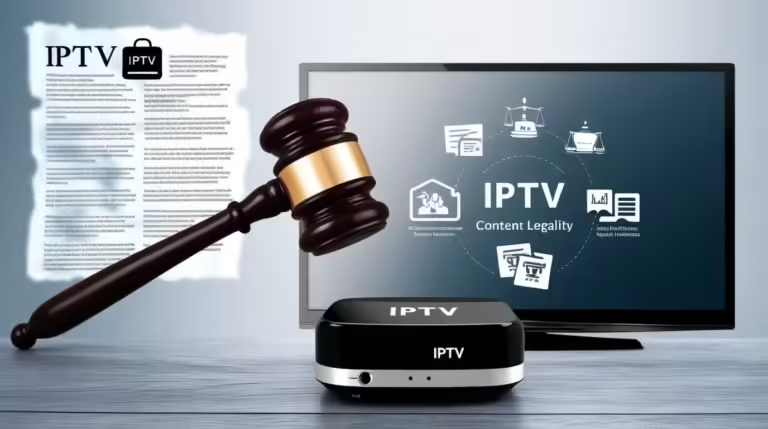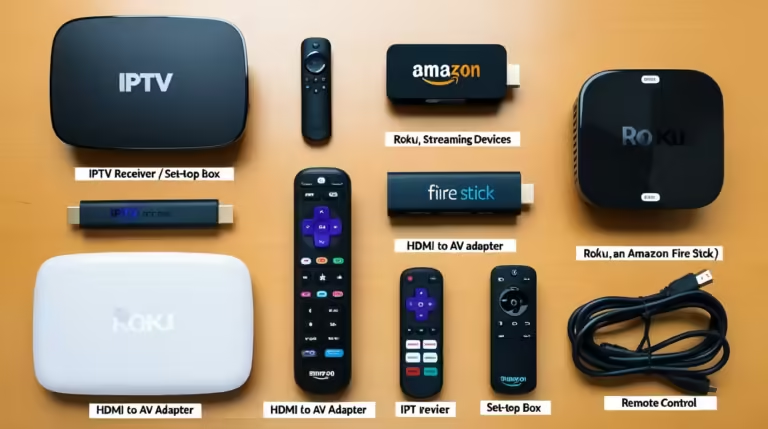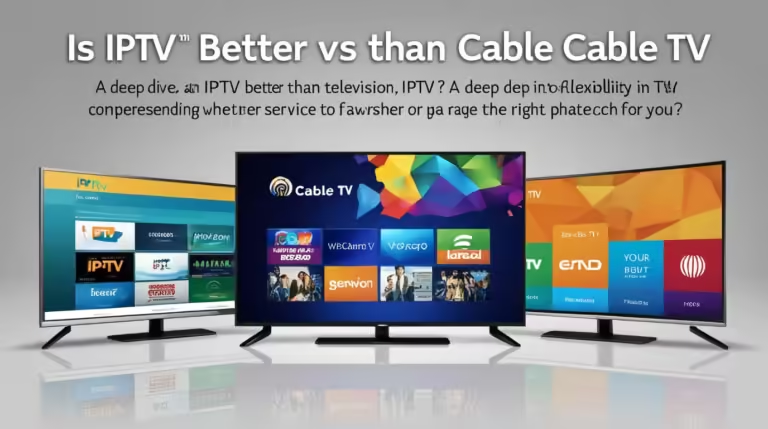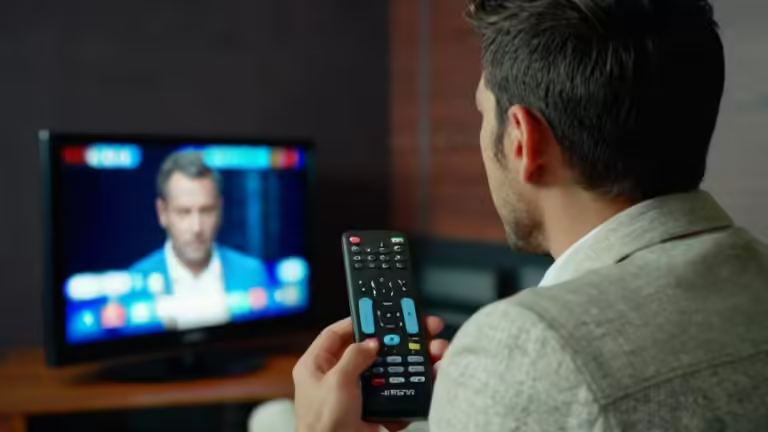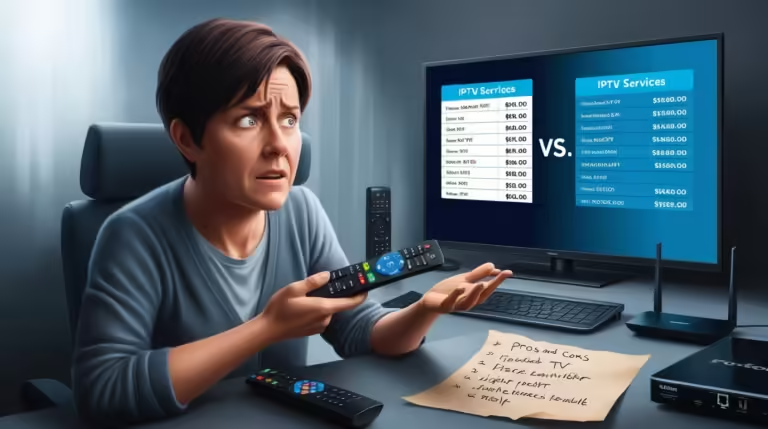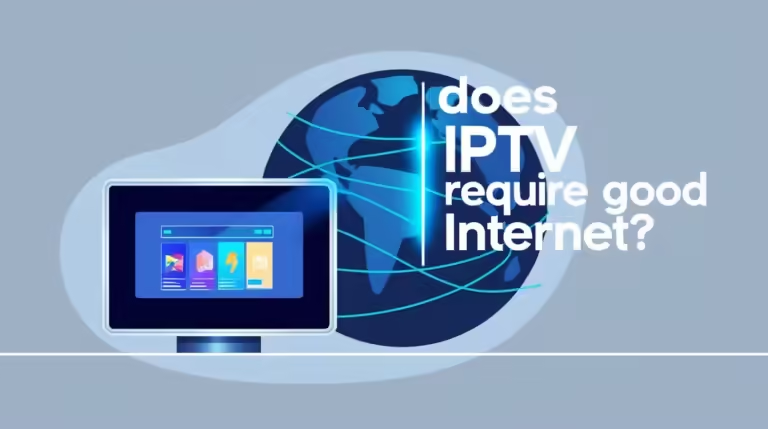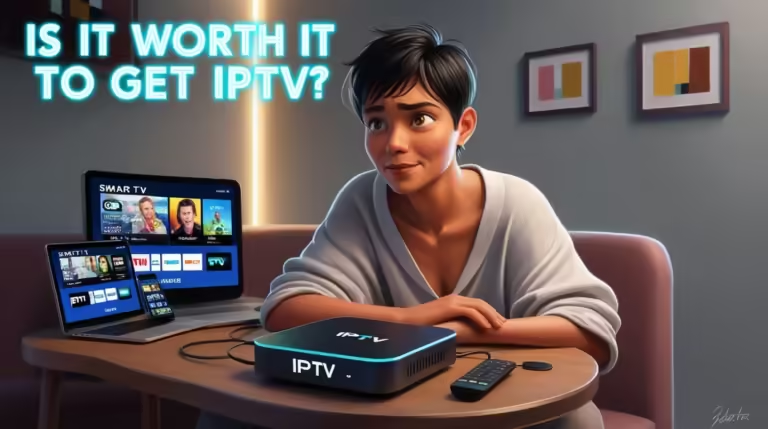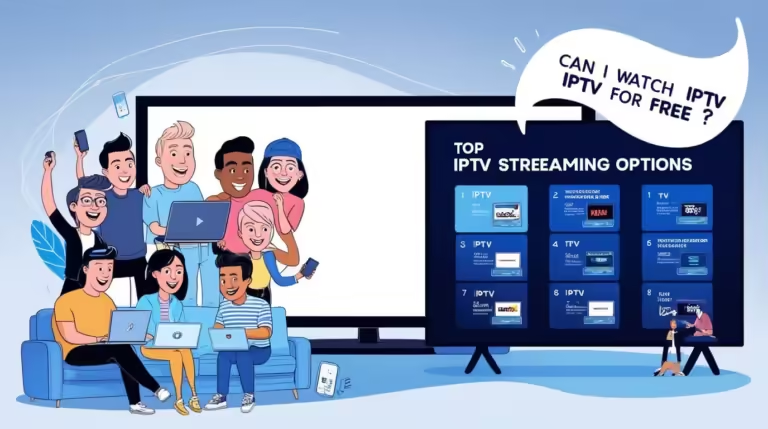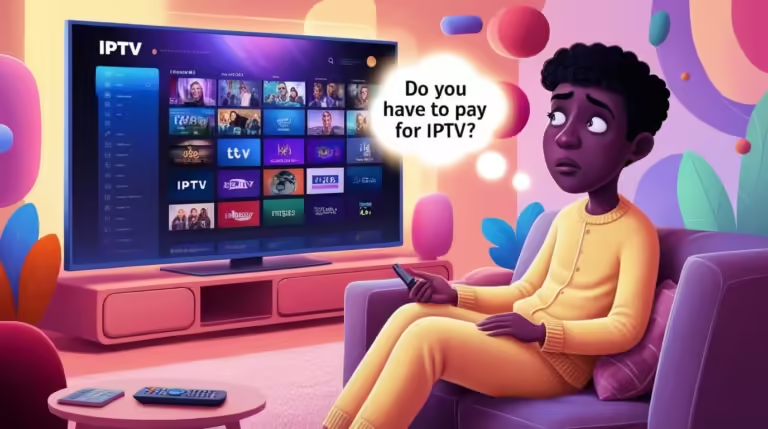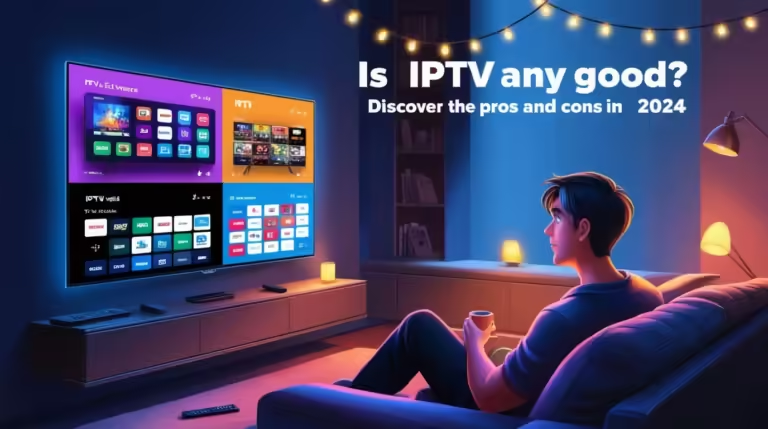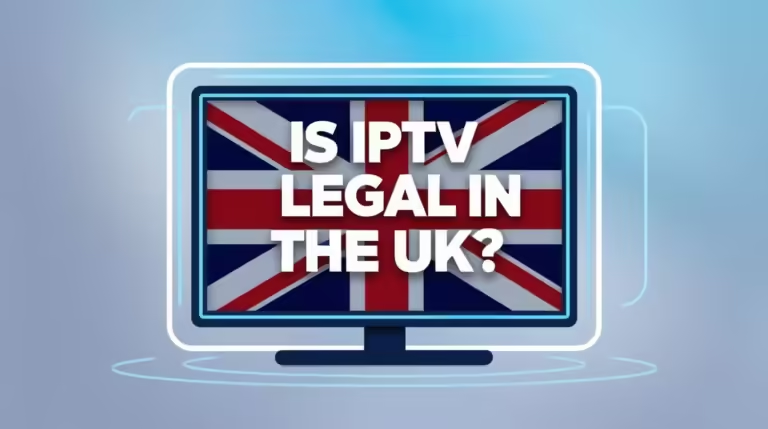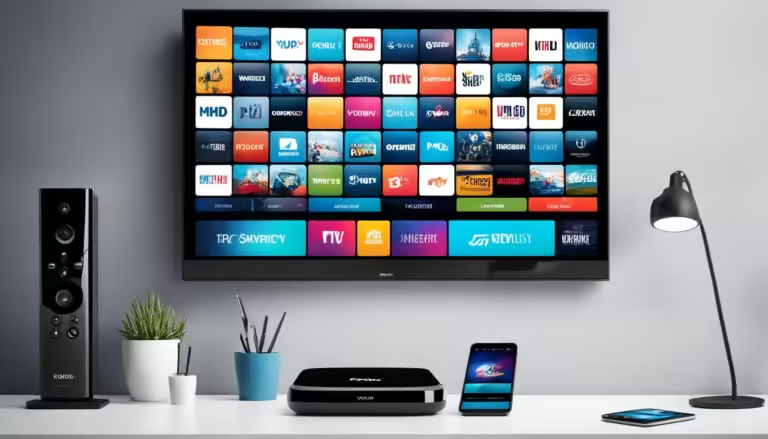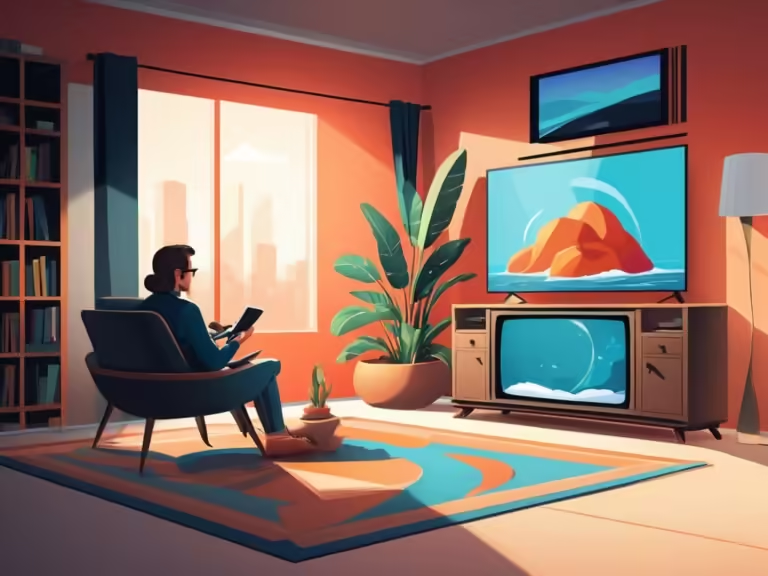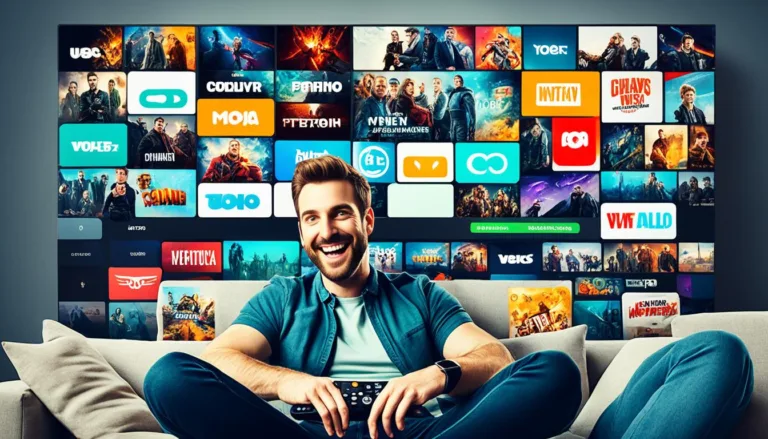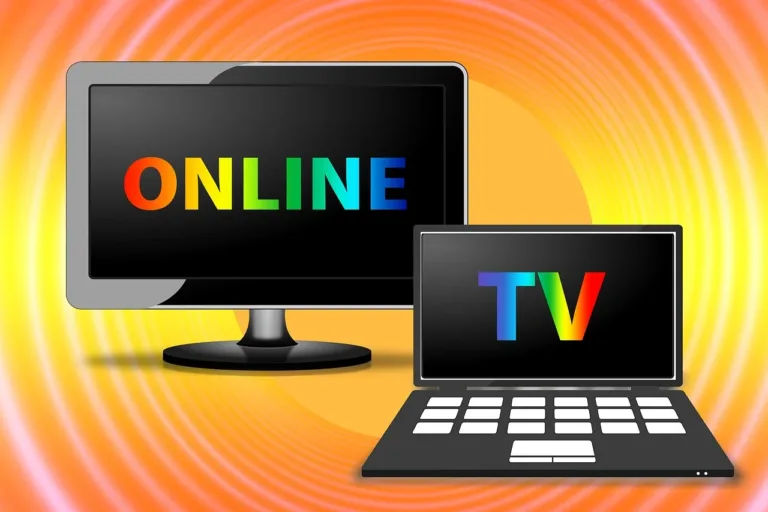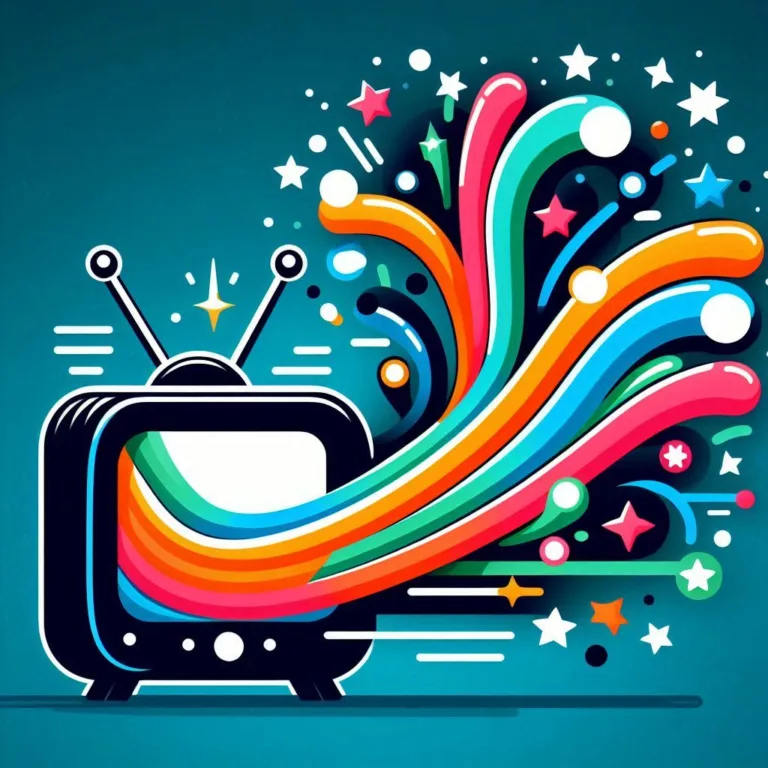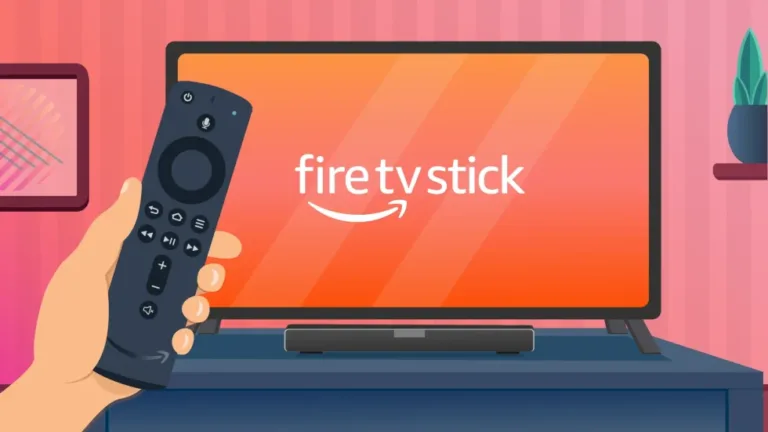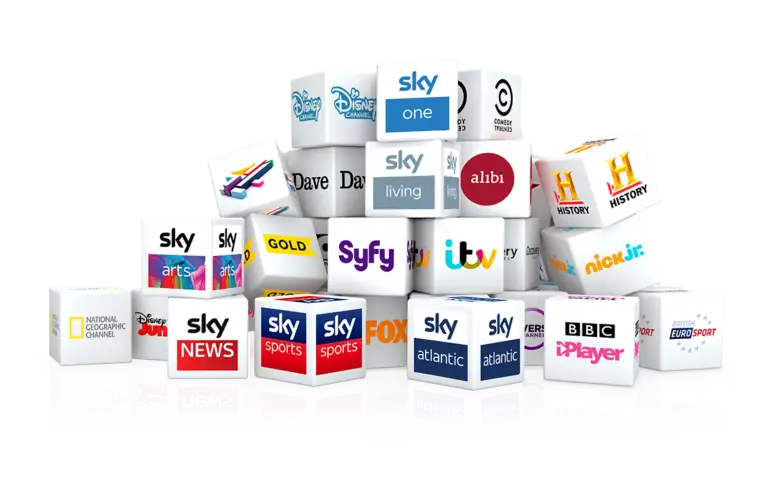Streaming TV has revolutionized how we consume entertainment, offering unparalleled freedom and choice compared to the rigid schedules of traditional broadcast and cable television. The ability to watch what you want, when you want, has led millions to “cut the cord,” embracing platforms like Netflix, Disney+, and Amazon Prime Video. This shift promised a more affordable, convenient, and personalized viewing experience. However, as the streaming landscape has matured and become increasingly crowded, a new set of challenges has emerged. The initial simplicity has given way to a complex and often costly ecosystem. For consumers navigating this new reality, it’s essential to ask: What are the disadvantages of streaming TV? From escalating costs and overwhelming subscription fatigue to technological dependencies and a fragmented content market, the downsides are becoming more pronounced.
Table of Contents
What Are the Disadvantages of Streaming TV for Budget-Conscious Viewers?

One of the most compelling reasons for the initial boom in cord-cutting was the potential for significant cost savings. Replacing a single, expensive cable bill with one or two low-cost streaming subscriptions seemed like an obvious financial win. However, this economic advantage has steadily eroded over time. For budget-conscious viewers, a primary answer to “What are the disadvantages of streaming TV?” is the surprisingly high cumulative cost. The modern media landscape is no longer dominated by a single service. Must-watch shows, blockbuster movies, and live sports are now scattered across a multitude of platforms, each requiring its own subscription. To access a diverse range of content, a household might need to subscribe to Netflix, Hulu, Disney+, Max, and others, a practice known as “subscription stacking.” While each fee seems small on its own, together they can easily add up to an amount that rivals, or even surpasses, a traditional cable bill.
Beyond the subscription fees themselves, there are significant hidden costs. Streaming is entirely dependent on a robust, high-speed internet connection. A basic, low-speed plan is often insufficient for reliable HD or 4K streaming, especially with multiple users in a household. This necessitates a more expensive internet package, which can add a substantial, non-negotiable cost to the monthly budget. This foundational expense is often overlooked when comparing streaming to cable, yet it’s a critical component of the total cost. When combined, the price of stacked subscriptions, frequent price increases, and the essential cost of high-speed internet reveal that streaming is not always the budget-friendly alternative it was once perceived to be.
What Are the Disadvantages of Streaming TV in Terms of Subscription Overload?
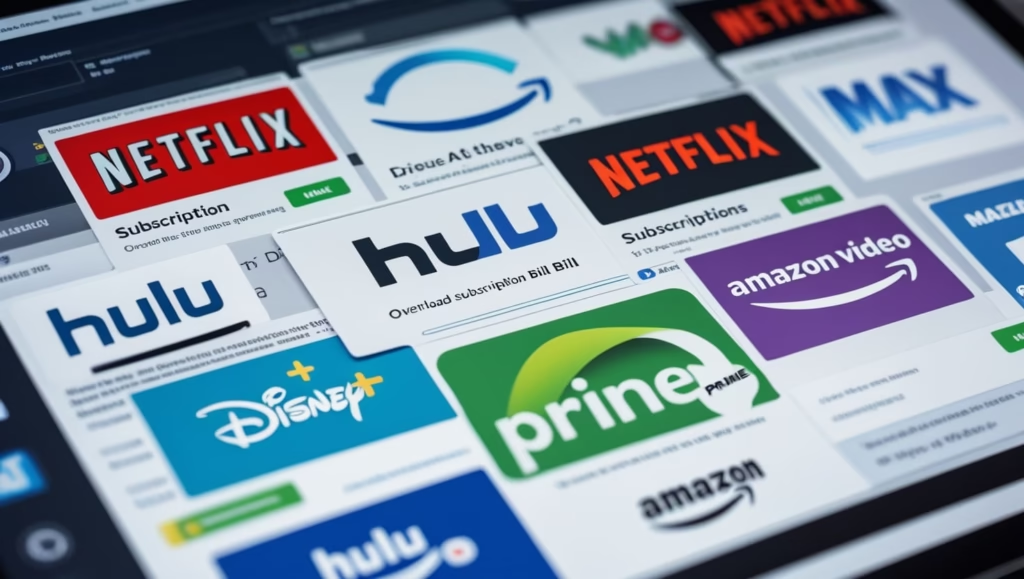
While choice is generally considered a good thing for consumers, the explosion in the number of streaming services has led to a widespread phenomenon known as subscription overload or fatigue. This sense of being overwhelmed by too many options is a significant and growing issue. When we explore what are the disadvantages of streaming TV, the cognitive and financial burden of managing multiple subscriptions is a major factor. The market is now a battleground of giants like Netflix, Disney+, and Max, alongside a vast array of niche services catering to specific genres. Each platform operates as a walled garden with its own exclusive content, unique interface, and separate billing process. This fragmentation creates a significant mental load for the user.
The simple act of deciding what to watch has become a chore. Instead of browsing a single guide, viewers often find themselves jumping between different apps, trying to remember which service has the movie they want to see or where their favorite show is currently available. This can lead to decision paralysis, where the sheer volume of choices becomes so daunting that users spend more time searching for content than actually watching it. The joy of discovery is often replaced by the frustration of a fragmented search. Universal search functions on smart TVs and streaming devices have tried to address this, but they are often incomplete and can’t fully bridge the gap between these siloed services.
Managing the financial side of these subscriptions is another source of stress. Keeping track of multiple recurring payments, different billing dates, and frequent price changes requires a level of administrative effort that many find burdensome. It’s easy to sign up for a free trial to watch a specific show and forget to cancel, leading to unwanted charges. This “subscription creep” can cause a household’s entertainment spending to silently inflate. The process of canceling can also be deliberately complicated, with platforms using retention tactics to make it difficult for users to leave. This constant need to manage, review, and prune a portfolio of subscriptions transforms a leisure activity into a recurring administrative task, a clear disadvantage that detracts from the seamless experience streaming was meant to provide.
What Are the Disadvantages of Streaming TV When It Comes to Internet Dependency?
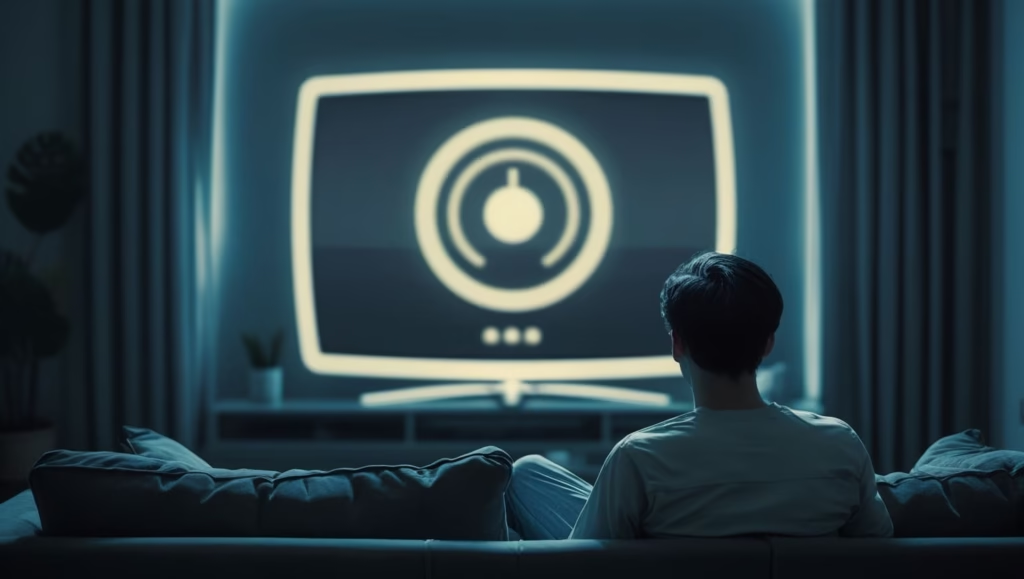
The entire streaming television model is built on one critical piece of infrastructure: a stable, high-speed internet connection. This absolute reliance is a fundamental aspect of the service and a core answer to the question, “What are the disadvantages of streaming TV?”. Unlike traditional broadcast or cable TV, which use dedicated and highly reliable delivery systems, streaming content travels over the public internet. This introduces a single point of failure that can render all of a household’s television content inaccessible. An internet outage, whether from an issue with the Internet Service Provider (ISP), local network congestion, or even bad weather, means a complete loss of service. For a home that has fully cut the cord, no internet means no TV, period.
The quality of the viewing experience is also directly tied to the performance of the internet connection. The dreaded buffering icon, where a video pauses to load, is a universal frustration for streamers and a direct result of insufficient or unstable bandwidth. While streaming platforms use technology to adjust video quality in real-time to match the available speed, this often means that a user paying for a premium 4K subscription may end up watching a pixelated, standard-definition stream during peak evening hours when local network traffic is high. The promise of a pristine, high-resolution image is therefore conditional, not guaranteed, and subject to factors largely outside the user’s control.
This internet dependency also highlights the digital divide. Access to affordable, high-speed broadband is not universal. In many rural and underserved areas, the necessary infrastructure is either unavailable or prohibitively expensive, effectively excluding entire communities from the modern streaming landscape. Even for those with access, the cost can be a significant barrier. Supporting multiple streams, especially in 4K, often requires a more expensive, higher-tier internet plan. Furthermore, many ISPs impose data caps on monthly usage. Streaming is a data-intensive activity, and a household that relies on it for all its entertainment can easily exceed these caps, leading to hefty overage fees or a throttled connection. This “data anxiety” forces users to either monitor their usage carefully or pay for a more expensive unlimited plan, adding another layer of cost and complexity to the streaming experience.
What Are the Disadvantages of Streaming TV in Managing Content Fragmentation?
In the early days of streaming, the landscape was simple. One or two major platforms housed a vast library of content from various studios and networks. Today, that unified library is a distant memory. The current streaming ecosystem is defined by extreme content fragmentation, which stands as a major and increasingly frustrating issue. When analyzing what are the disadvantages of streaming TV, the way content is scattered across dozens of competing services is a primary concern for consumers. Every major media conglomerate—Disney, Warner Bros. Discovery, NBCUniversal, Paramount—has launched its own streaming platform and has aggressively pulled its most valuable content to be exclusive to that service. This means that a viewer’s favorite shows and movies are no longer in one place.
This fragmentation forces consumers into a difficult position. To watch a diverse array of programming, they must subscribe to multiple services, directly contributing to the problem of subscription stacking and rising costs. Finding a specific title has become a frustrating treasure hunt. A user might have to manually search through several different apps to locate a movie, only to find it’s on a service they don’t subscribe to. This has led to the rise of third-party aggregator apps and websites whose sole purpose is to tell users where content is available to stream. The fact that such tools are necessary is a clear sign of a broken and user-unfriendly system.
What Are the Disadvantages of Streaming TV on Device Compatibility and Access?
The transition from traditional television to streaming has introduced a new layer of technological complexity related to hardware and software. In the past, any television could connect to any cable box. Today, accessing streaming services requires a compatible device, and the landscape of these devices is fragmented and constantly changing. This presents a significant and often overlooked set of issues. When considering what are the disadvantages of streaming TV, the challenges of device compatibility and access are crucial. The performance and availability of streaming apps can vary dramatically depending on whether you are using a smart TV, a dedicated streaming stick like a Roku or Amazon Fire Stick, a gaming console, or a mobile device.
A major problem is the limited lifespan of software on smart TVs. While the convenience of having apps built directly into your television is appealing, TV manufacturers are primarily focused on selling new hardware, not providing long-term software support for older models. It is very common for a smart TV that is only three or four years old to stop receiving updates. As a result, streaming apps can become slow, buggy, or lose access to new features. In some cases, a streaming service may end support for the outdated app altogether, rendering it useless. This cycle of planned obsolescence forces the consumer to either purchase an external streaming device to keep their “smart” TV functional or buy a new television entirely.
Conclusion
The rise of streaming TV has undoubtedly brought about a new age of entertainment, defined by choice and on-demand convenience. It has liberated viewers from the constraints of linear broadcasting and fostered a golden age of television content. However, this evolution has not been without its drawbacks. A thorough examination of what are the disadvantages of streaming TV reveals a landscape that is more complex, costly, and fragmented than its early promise suggested.

